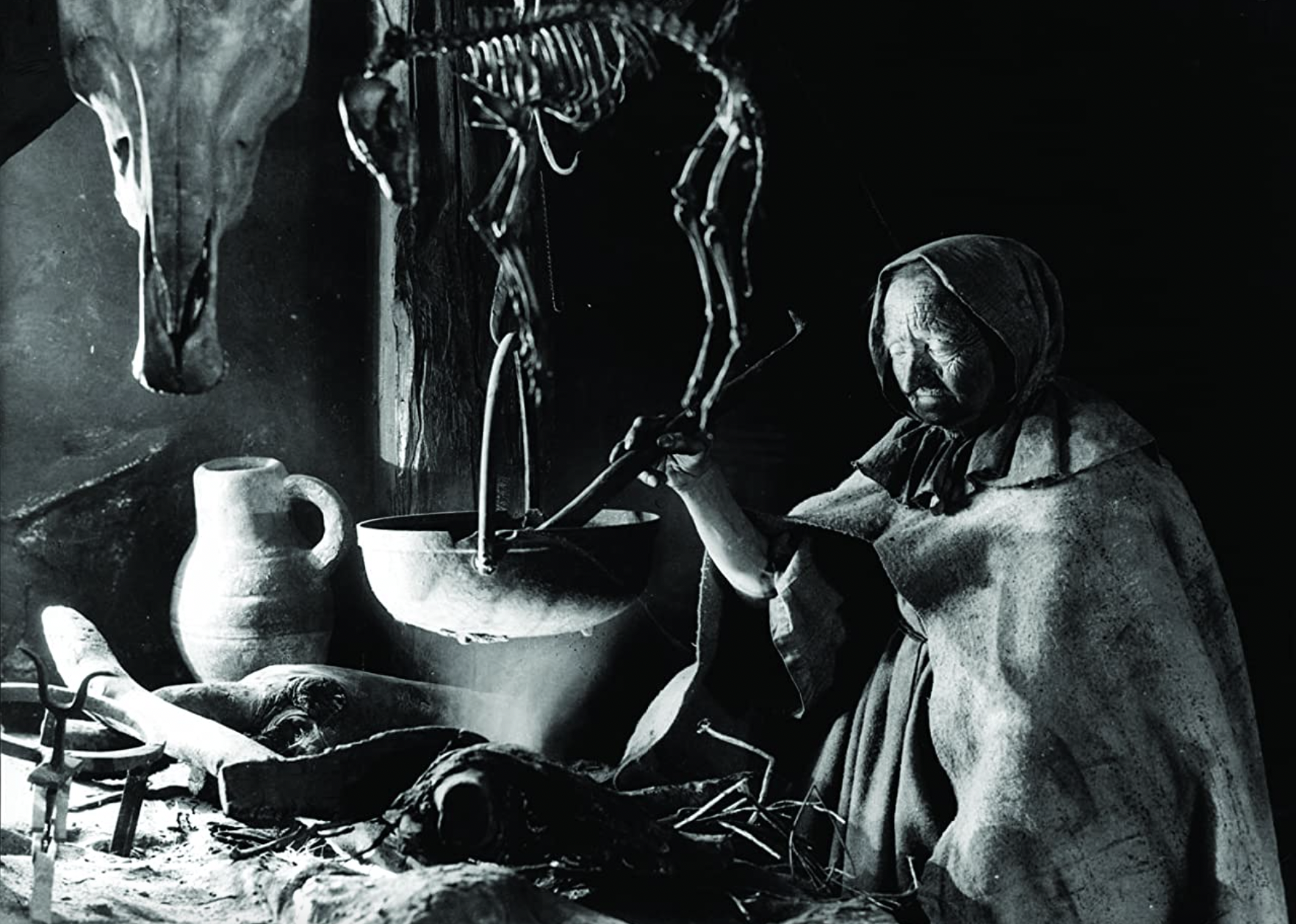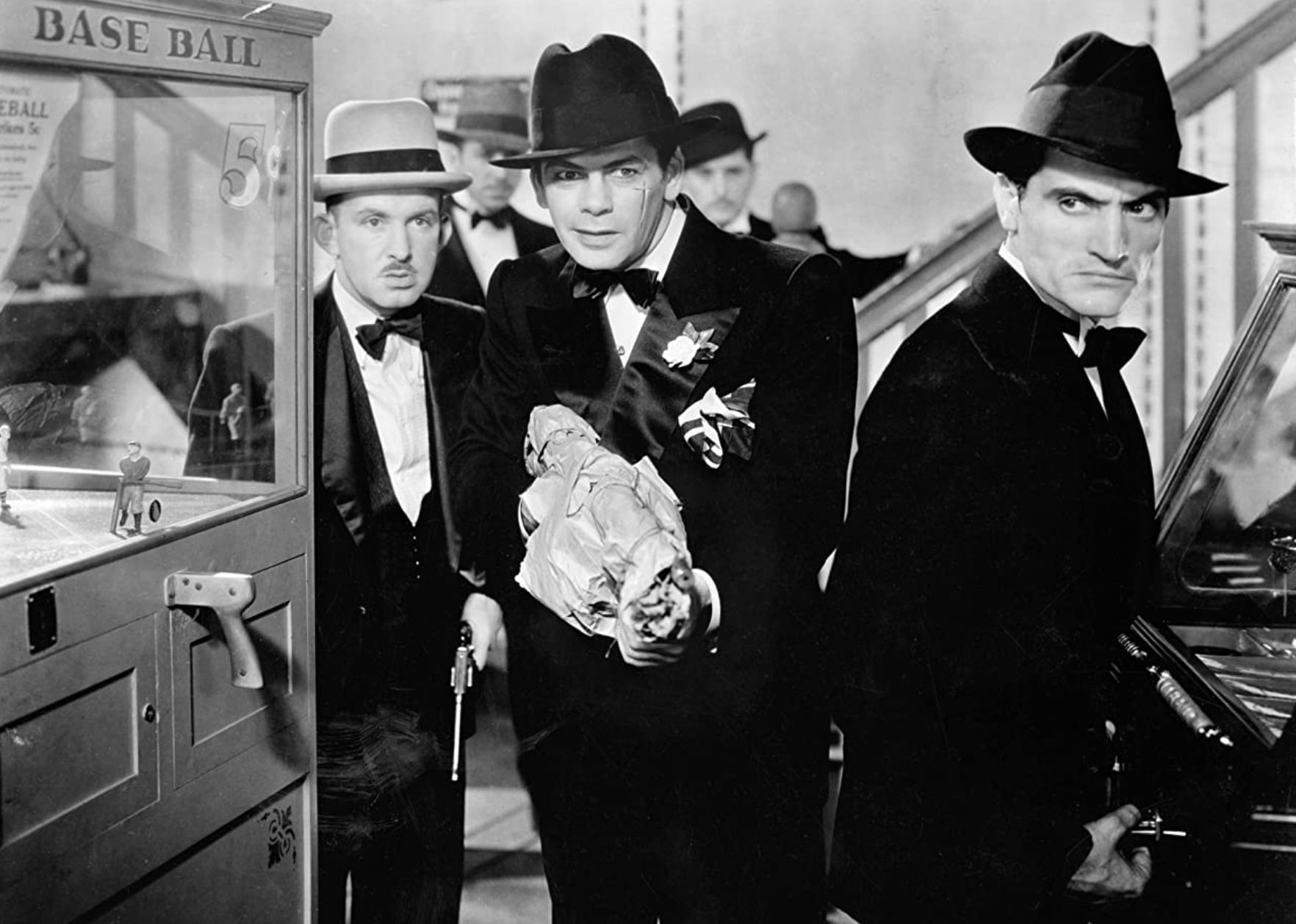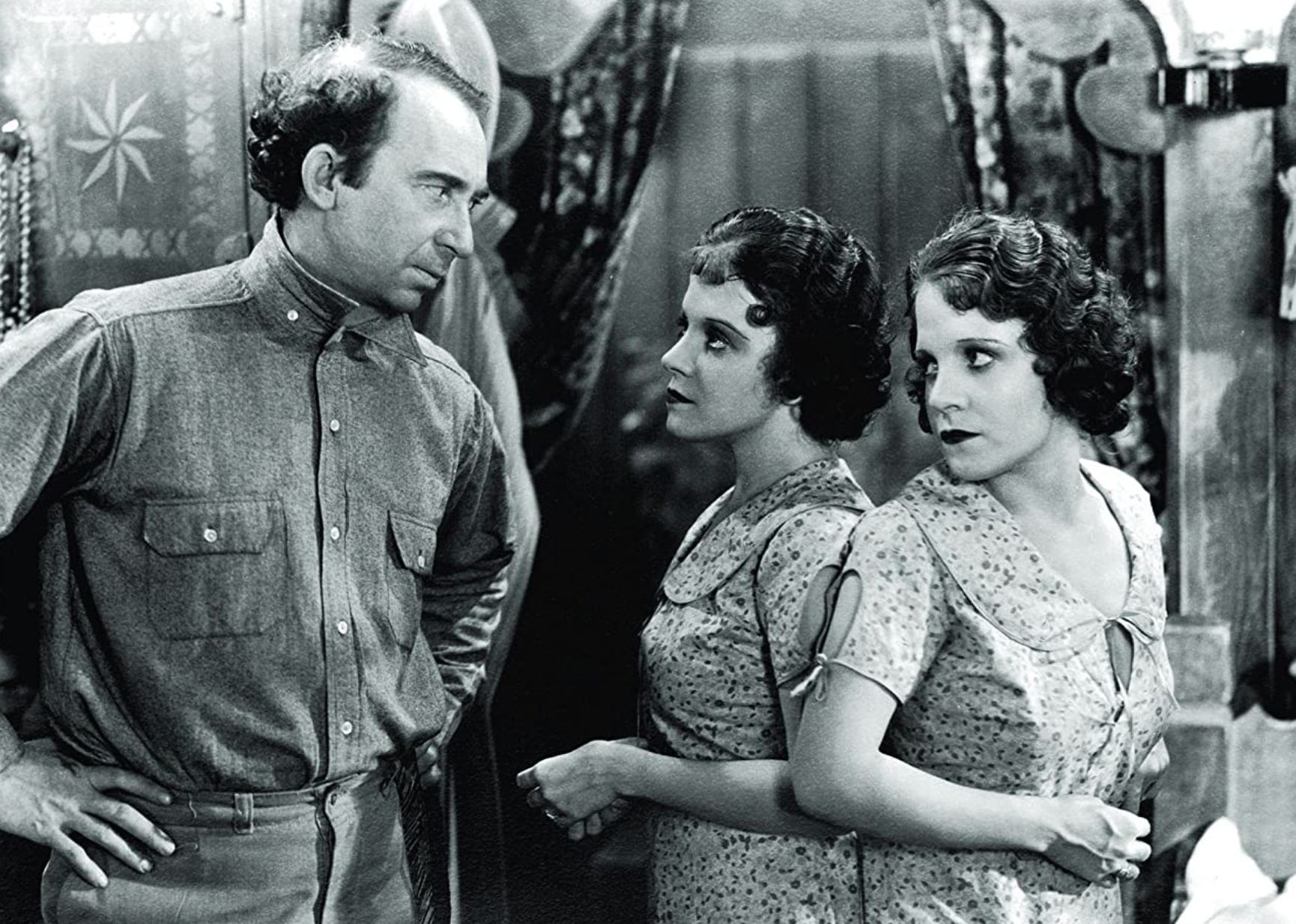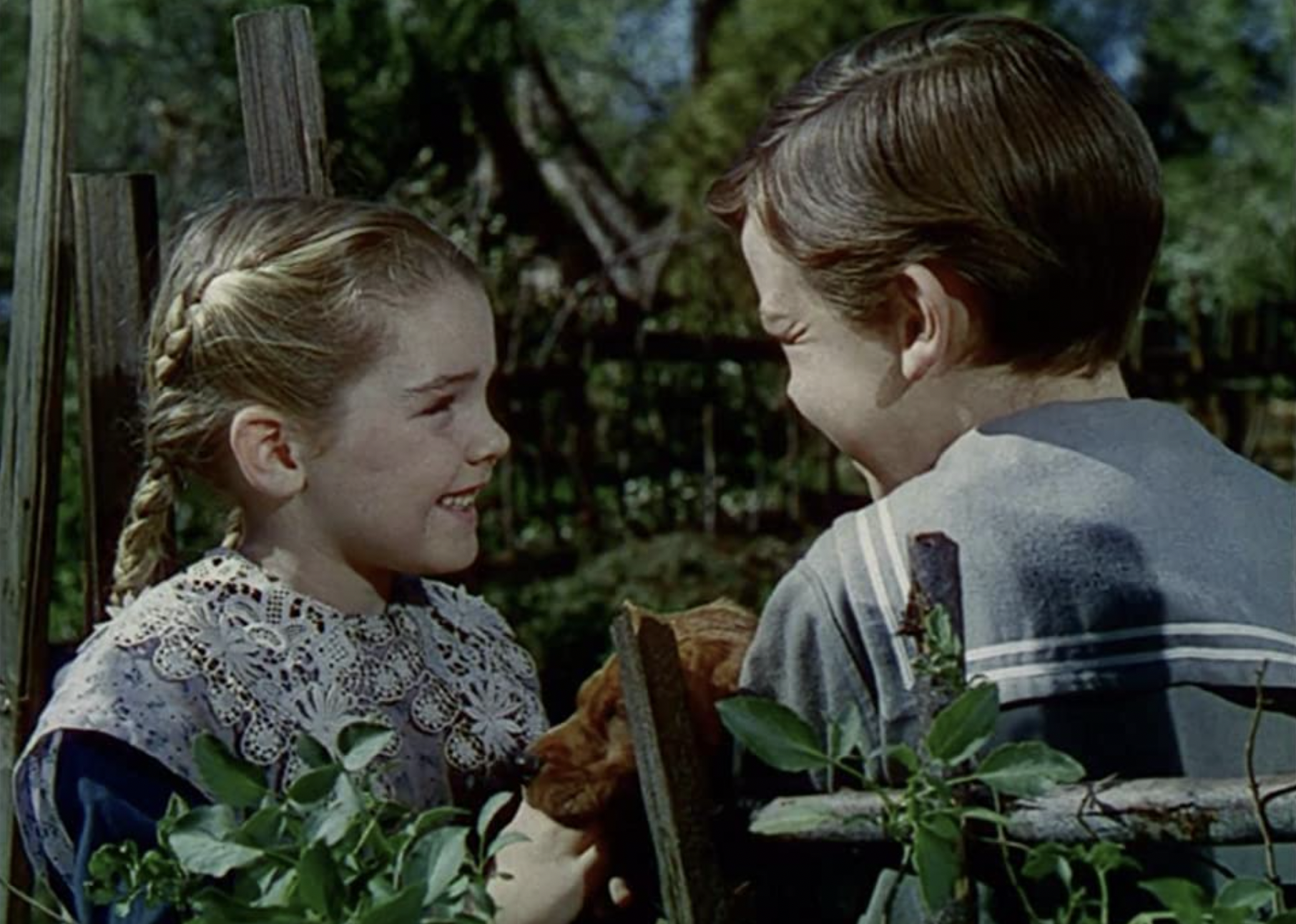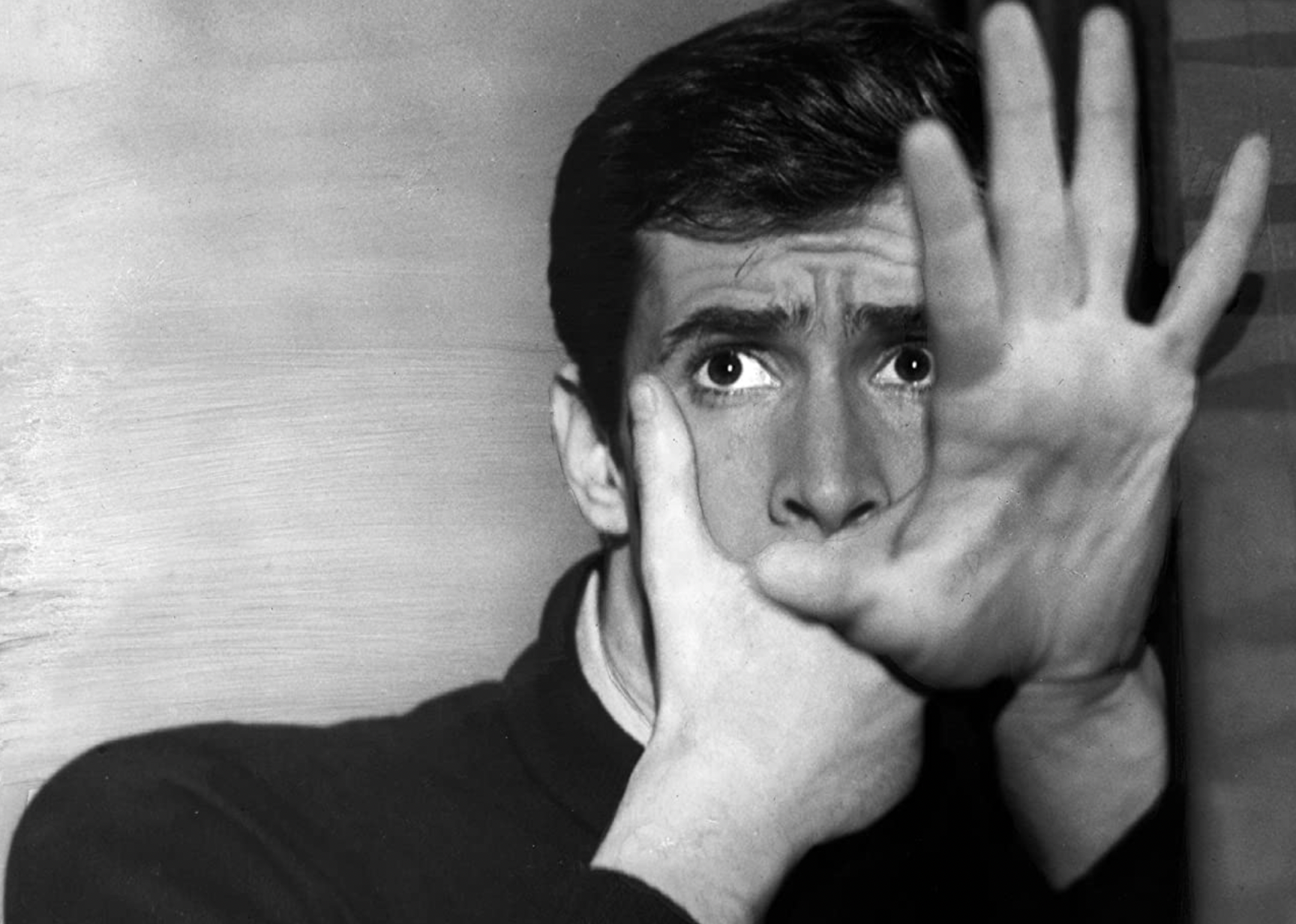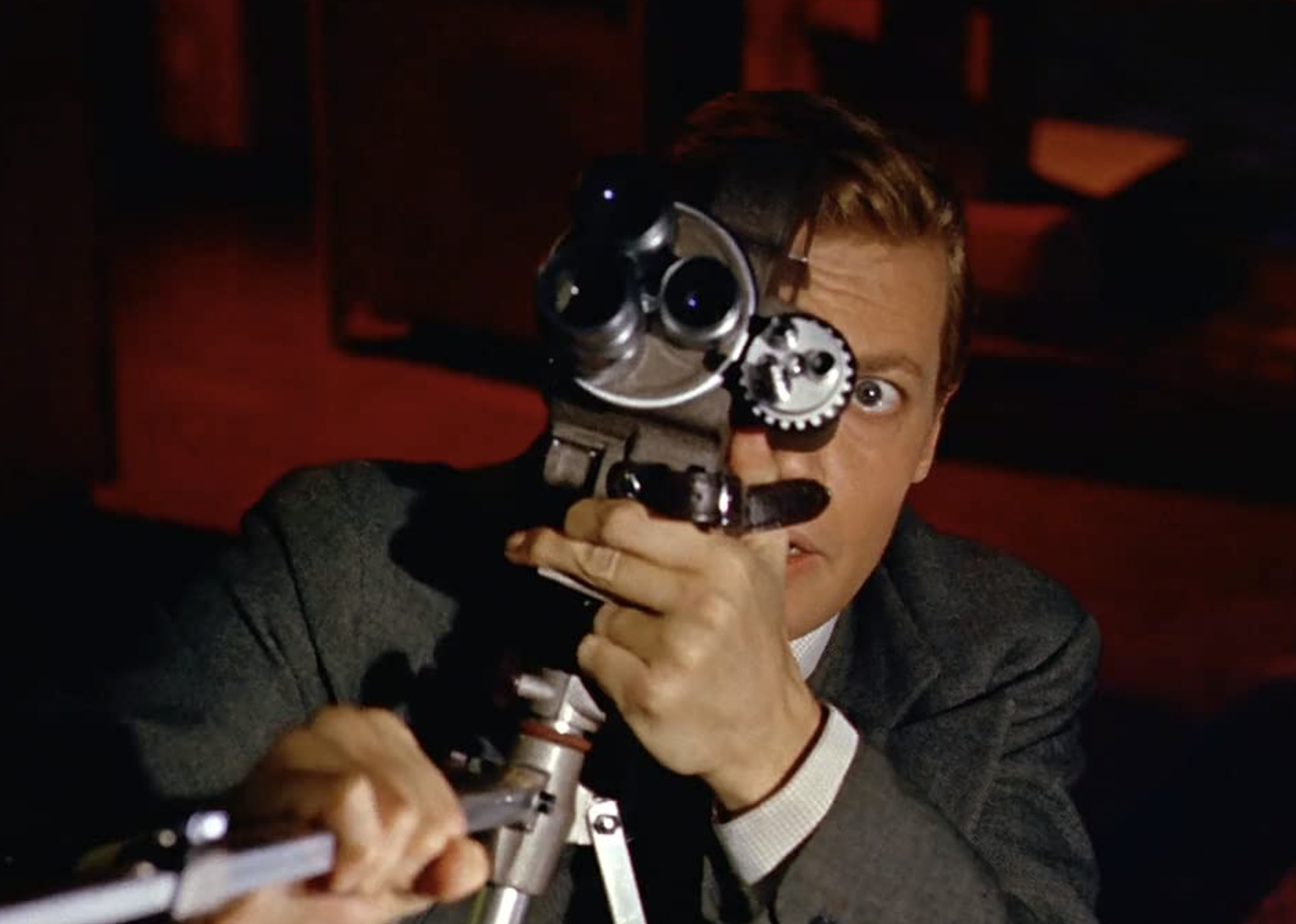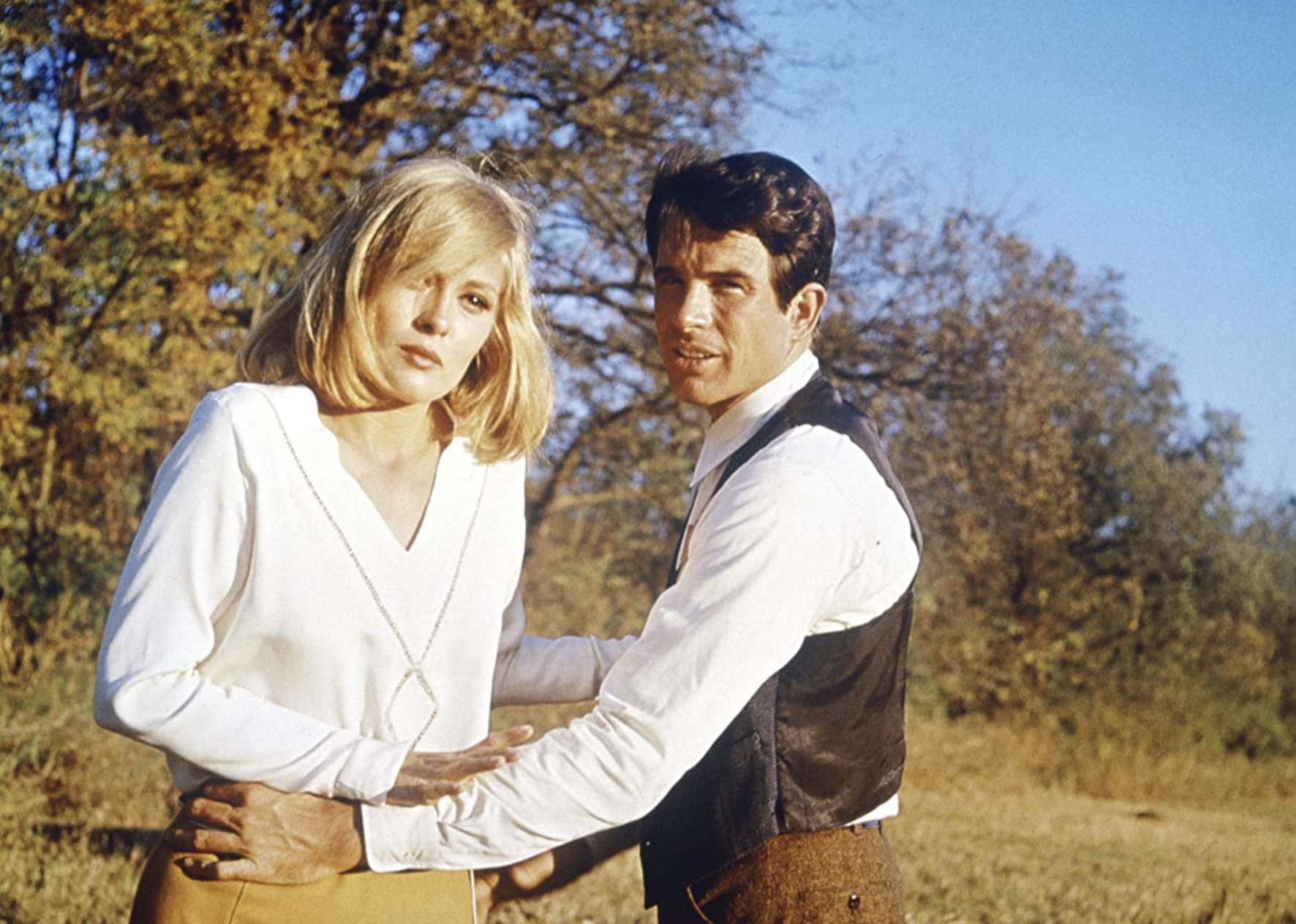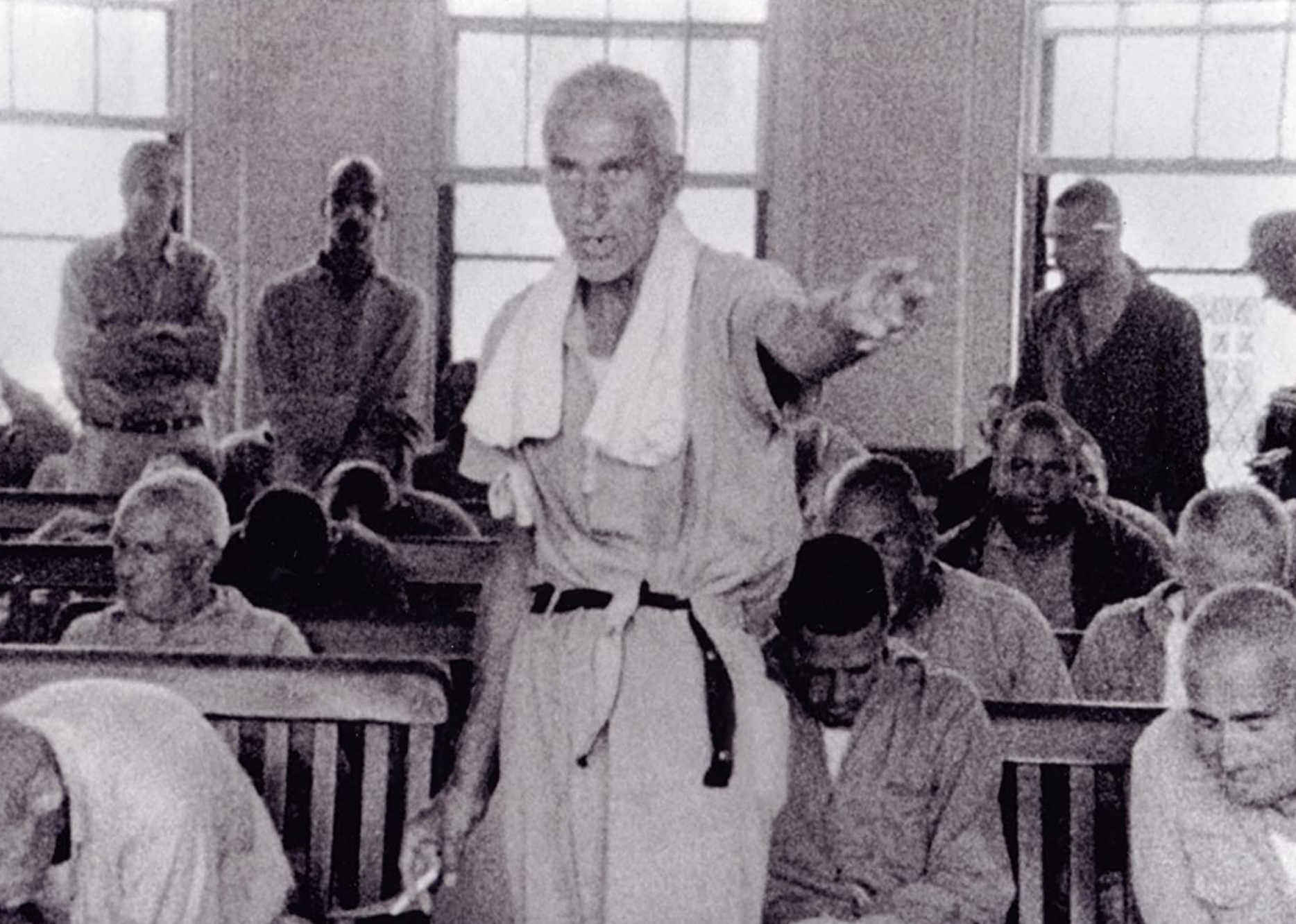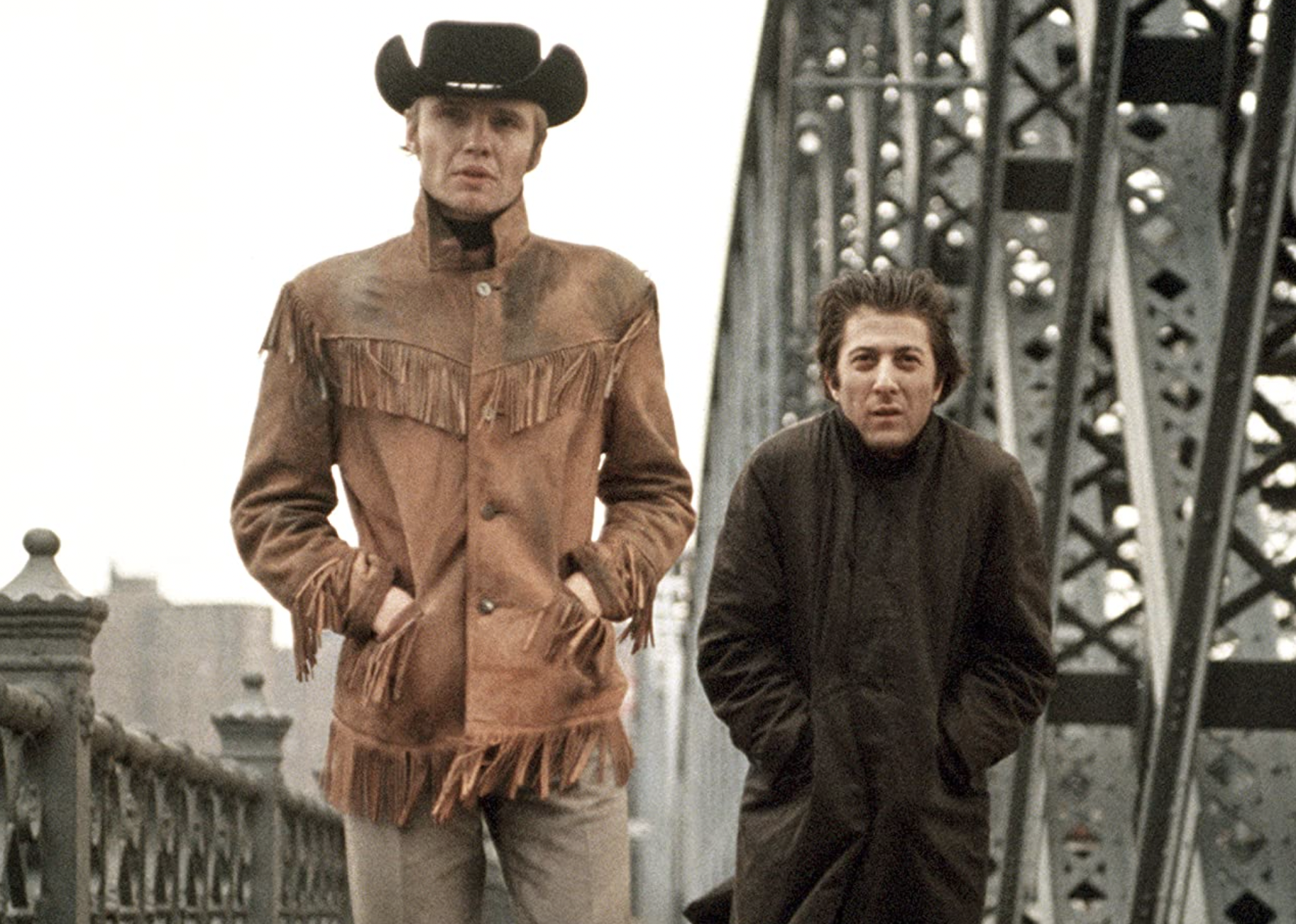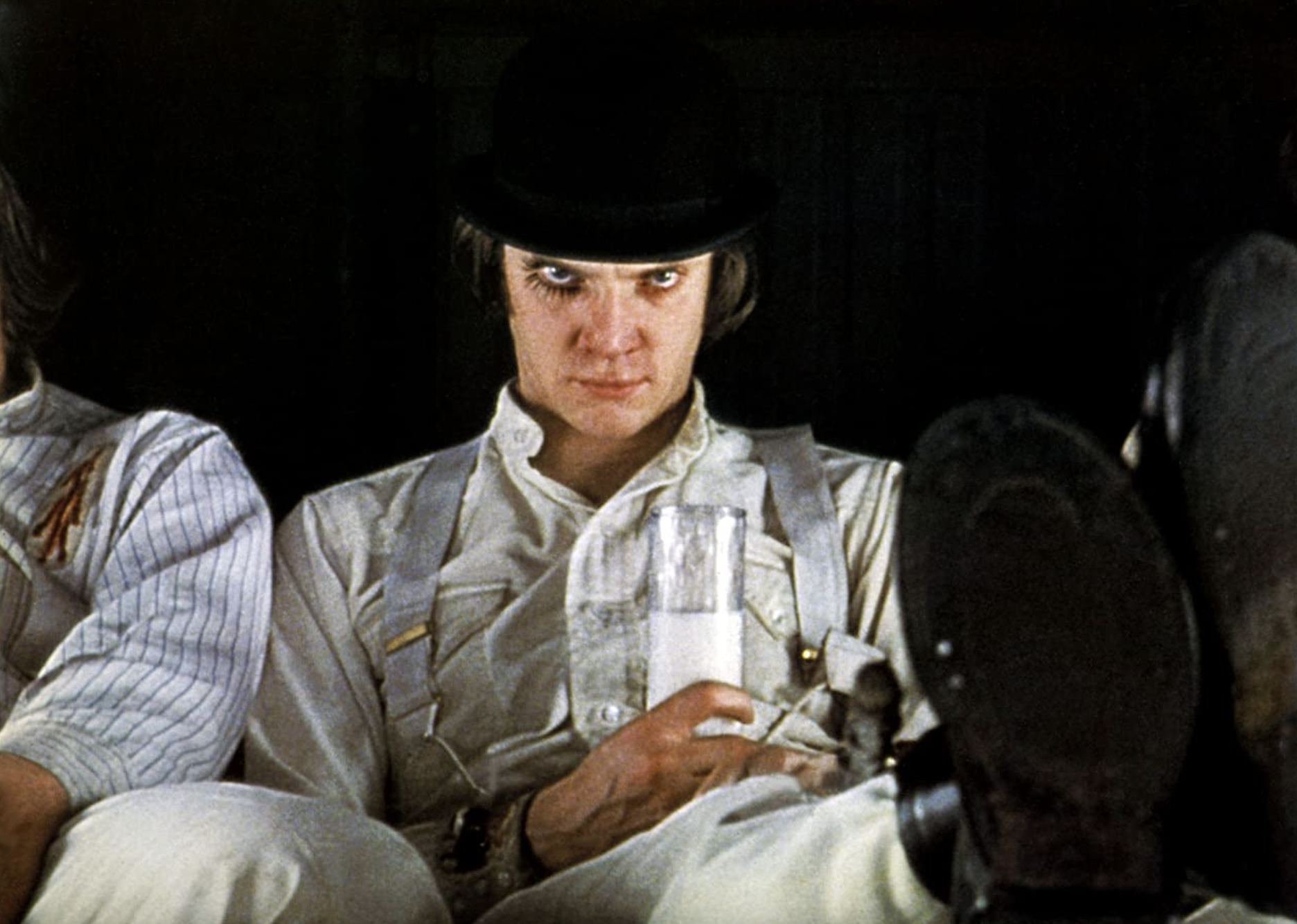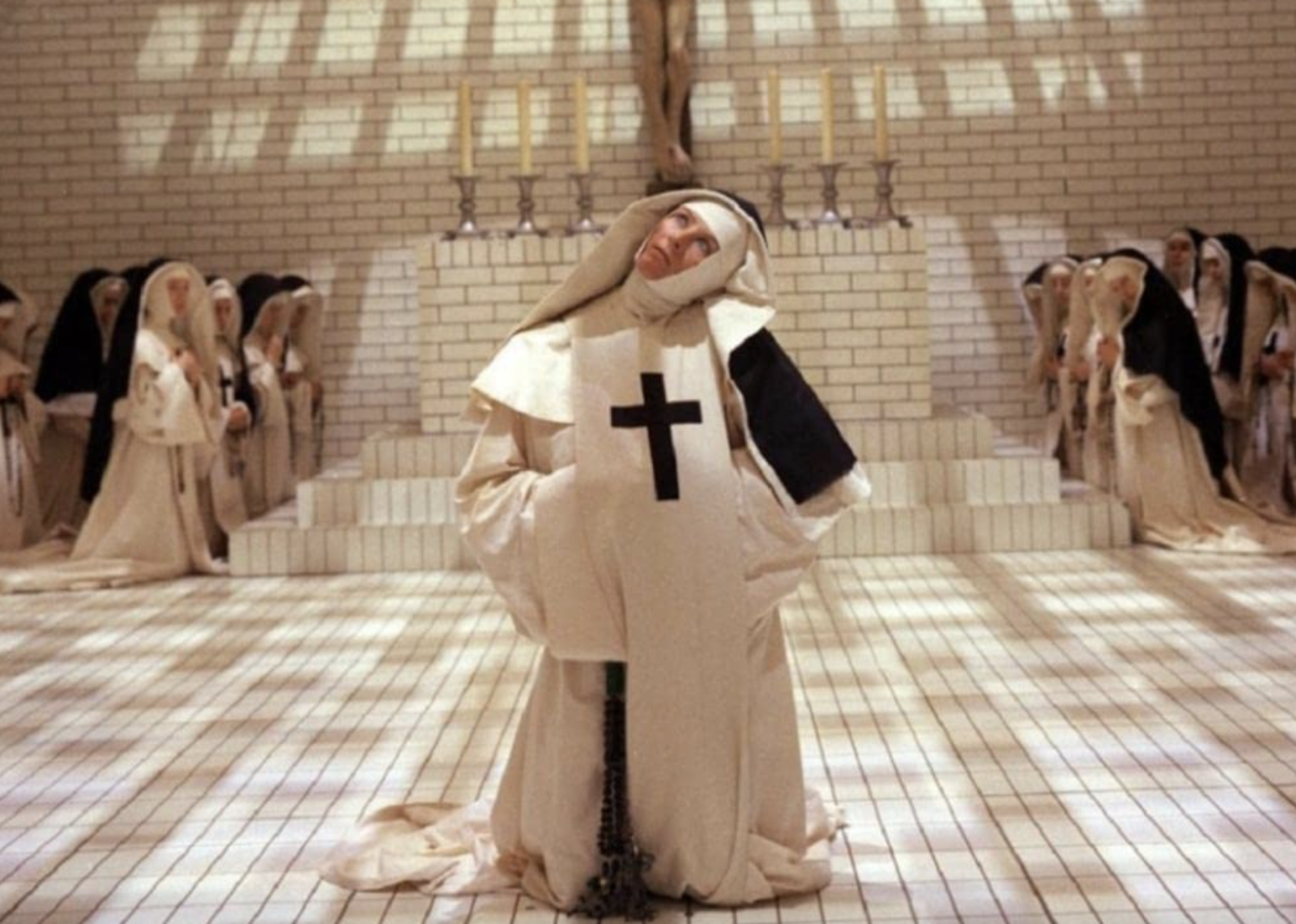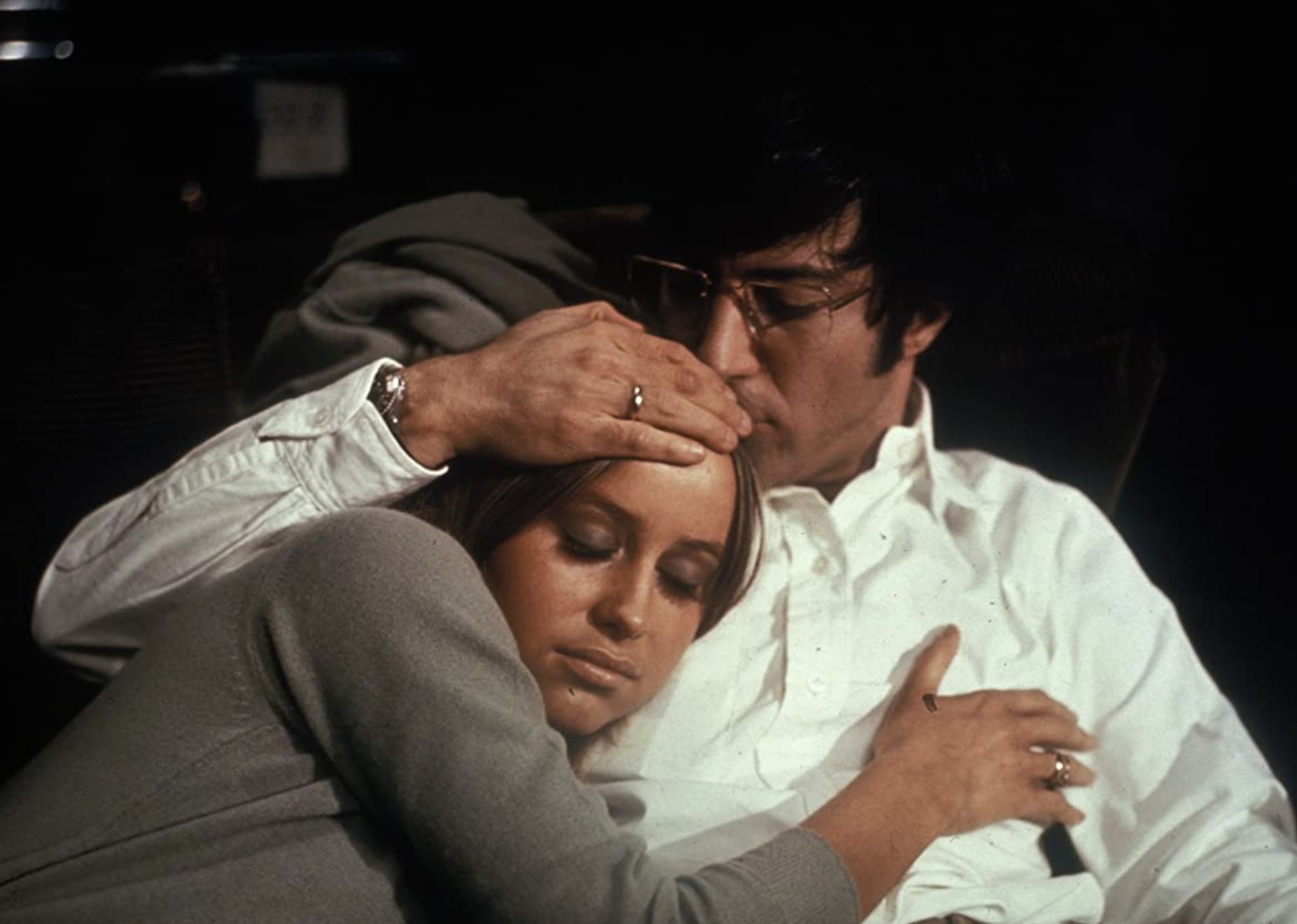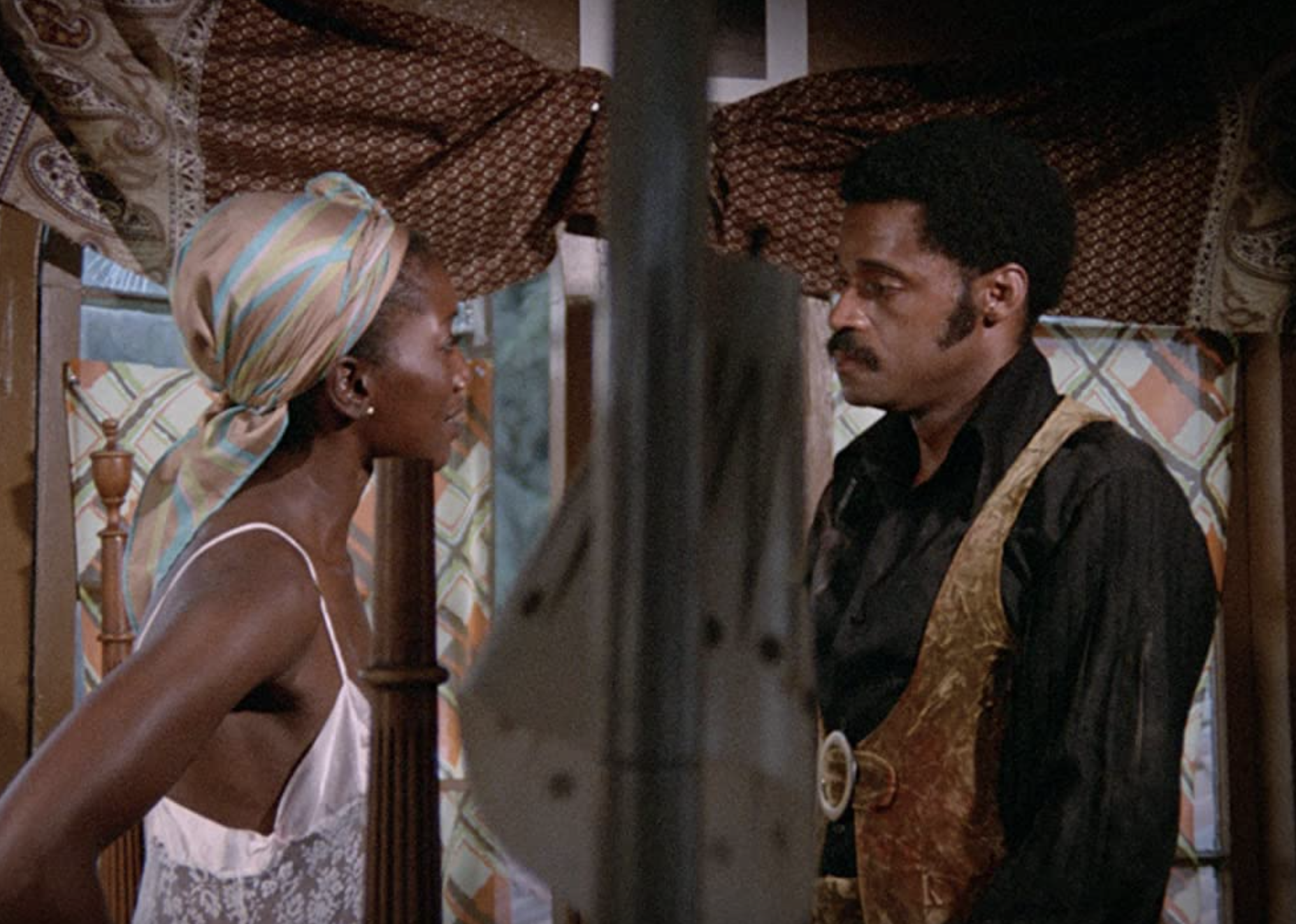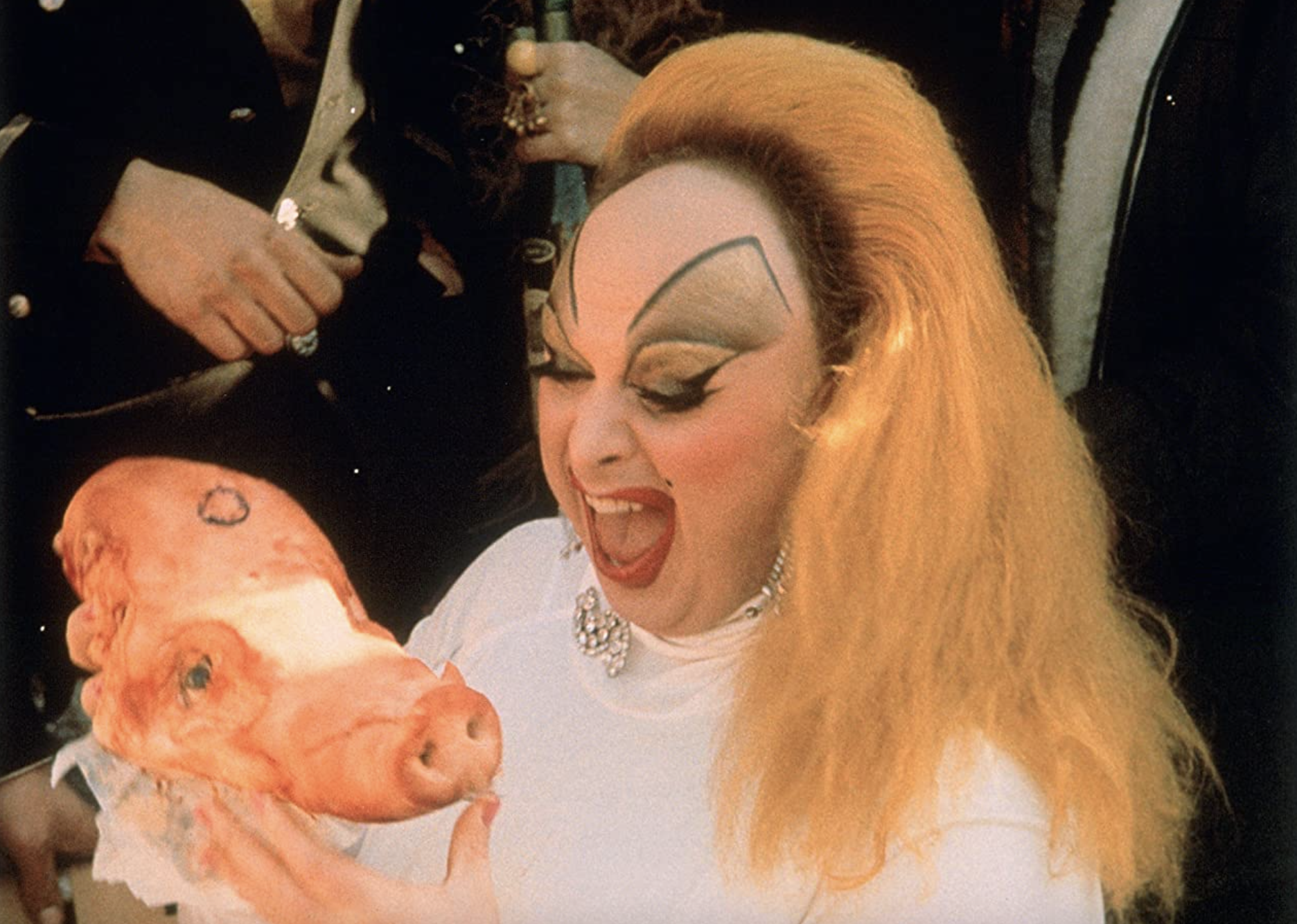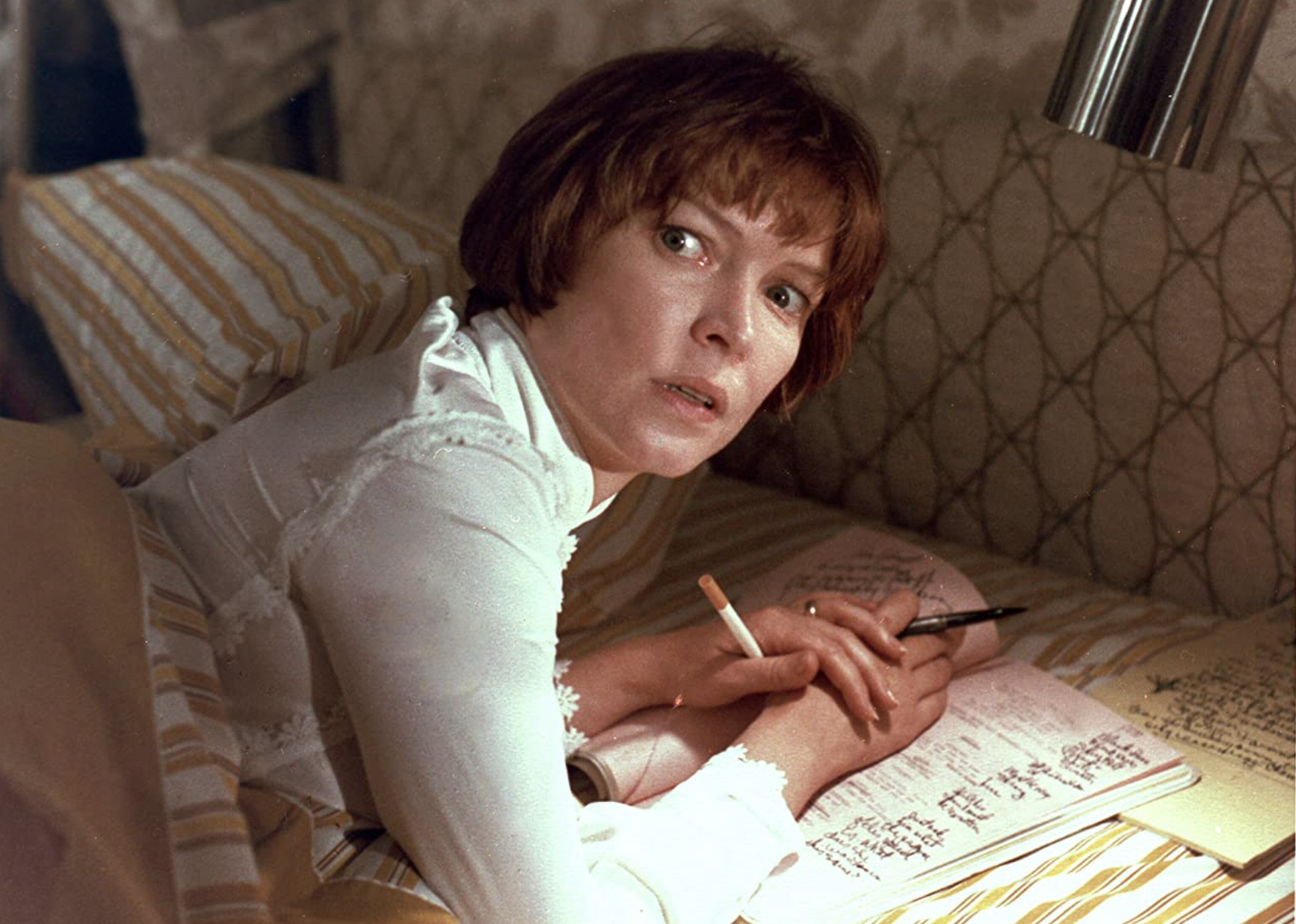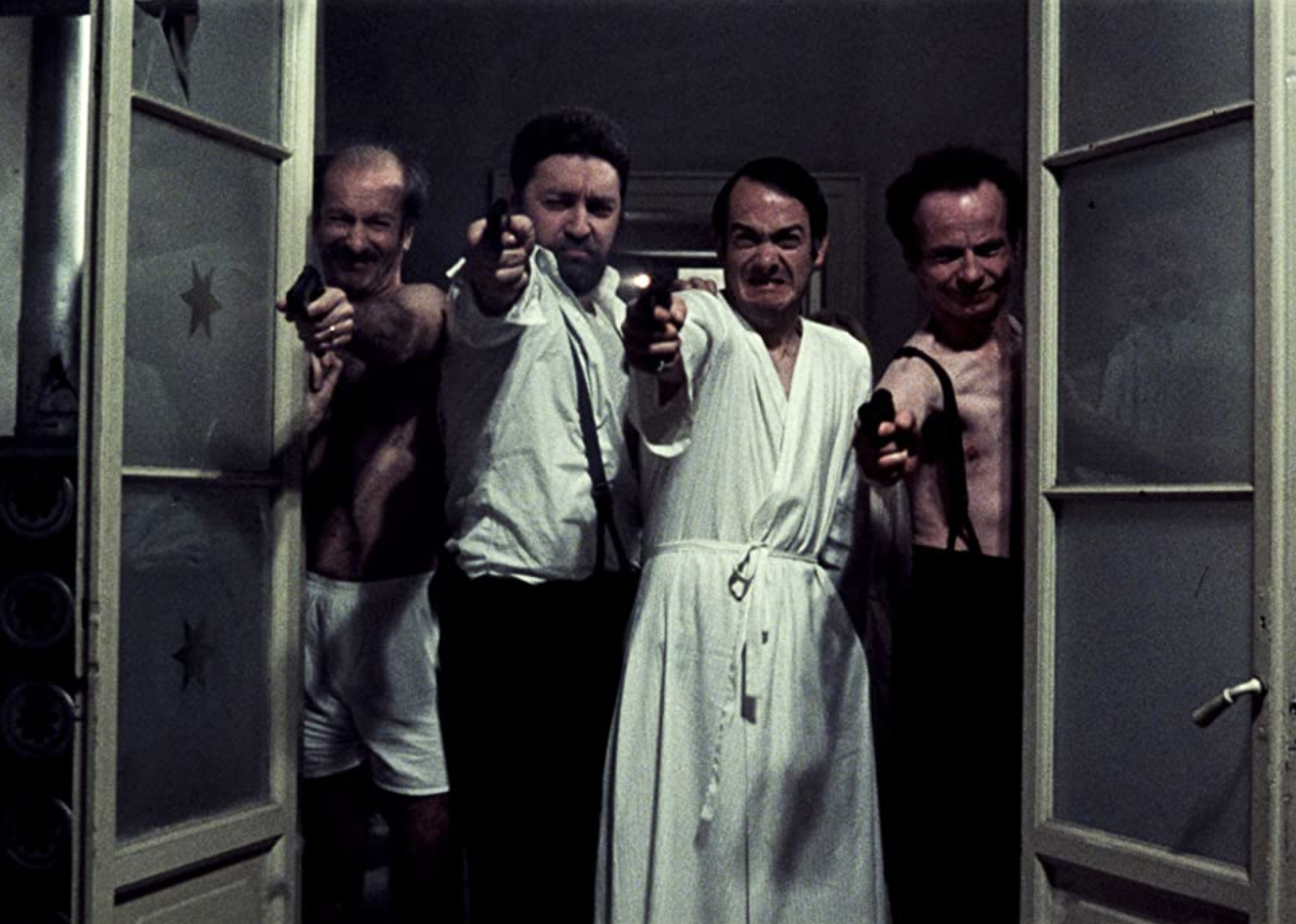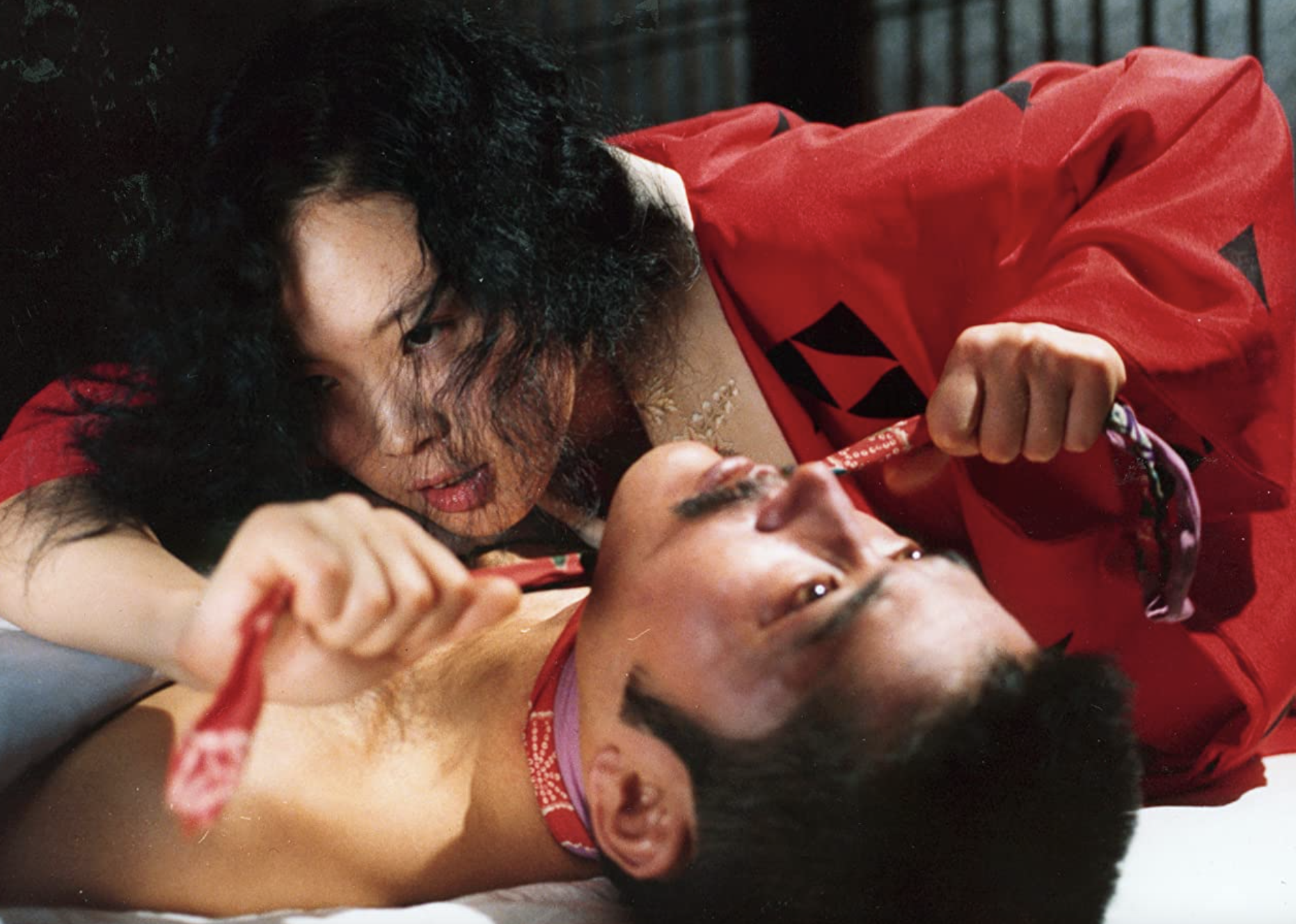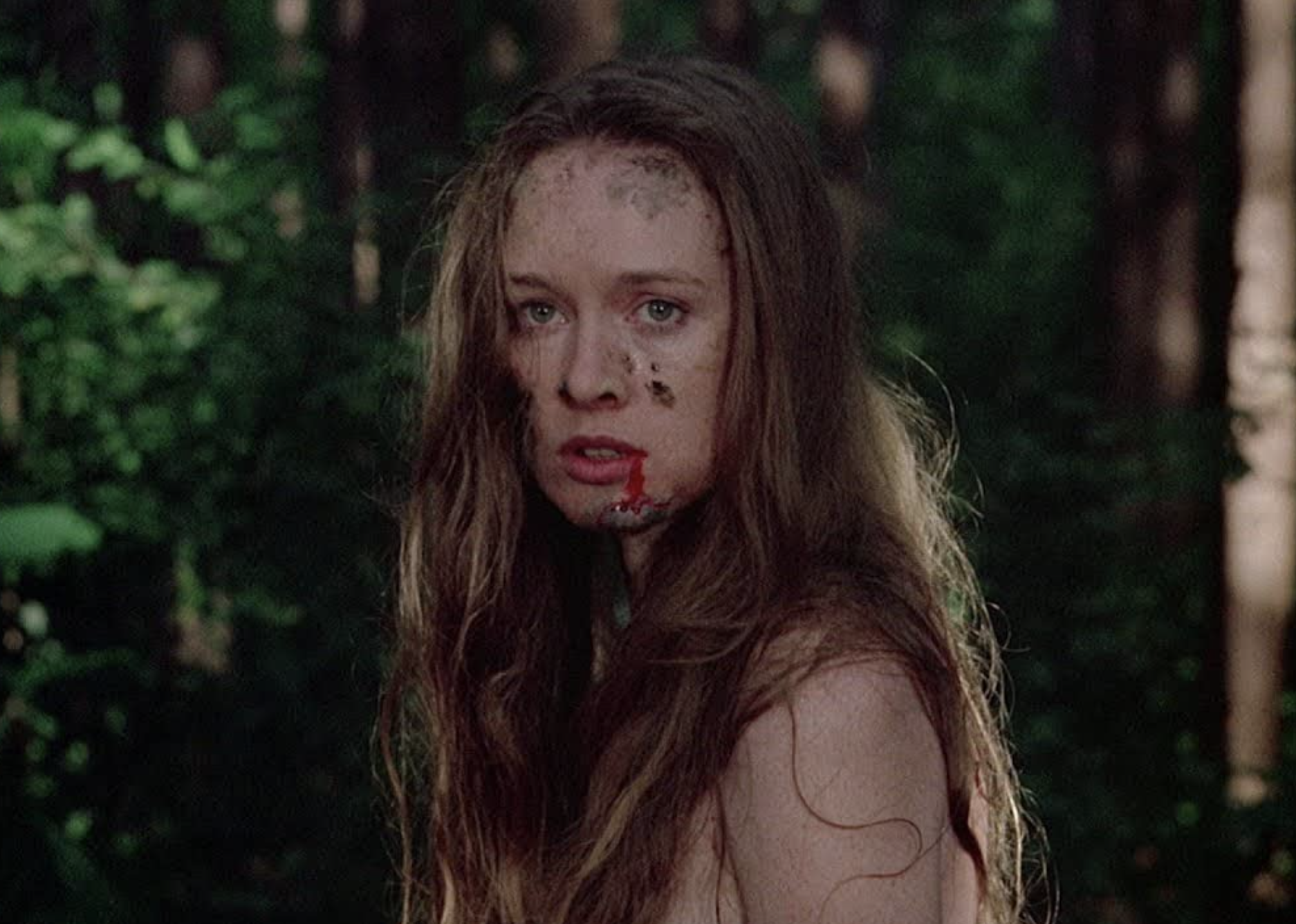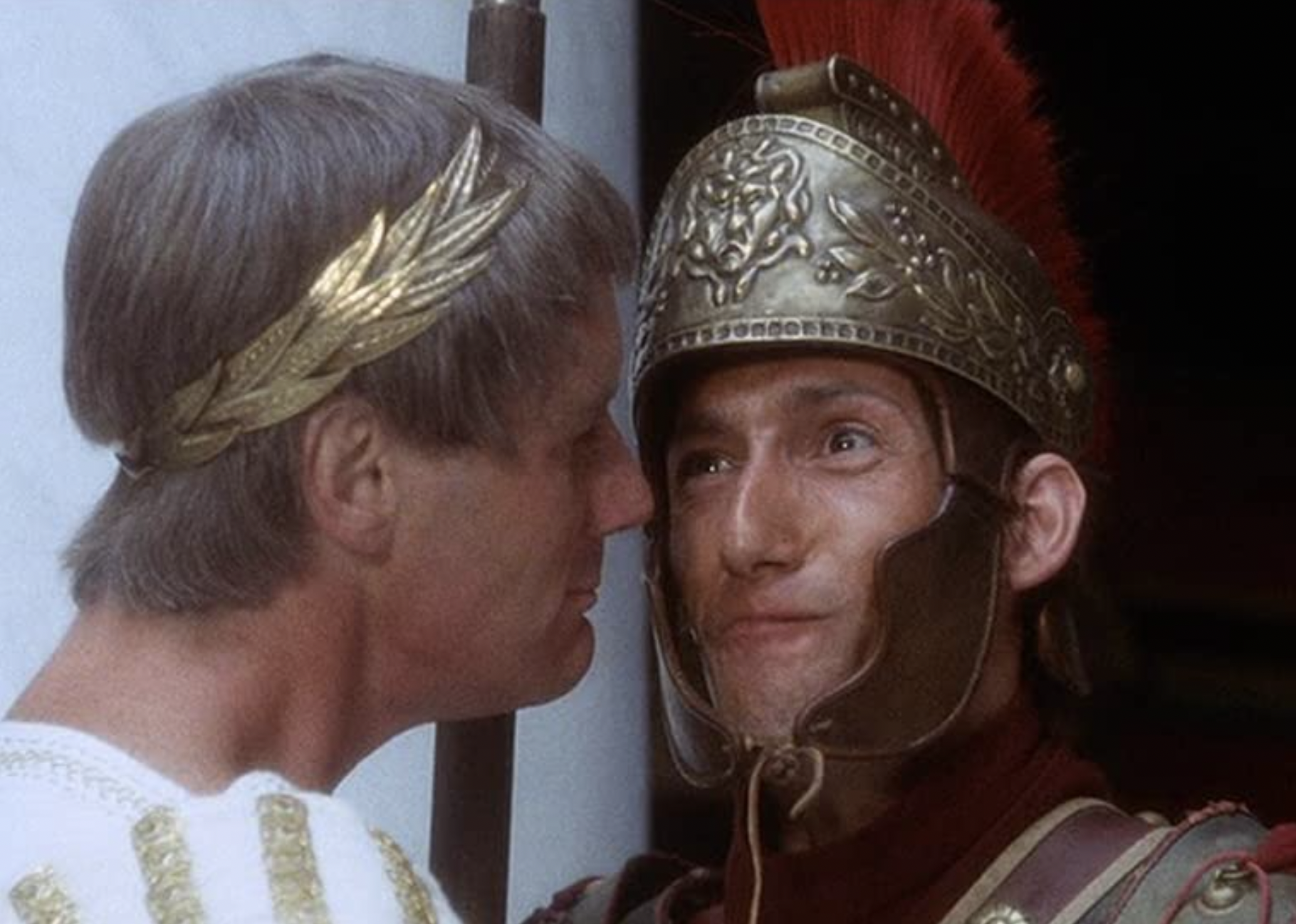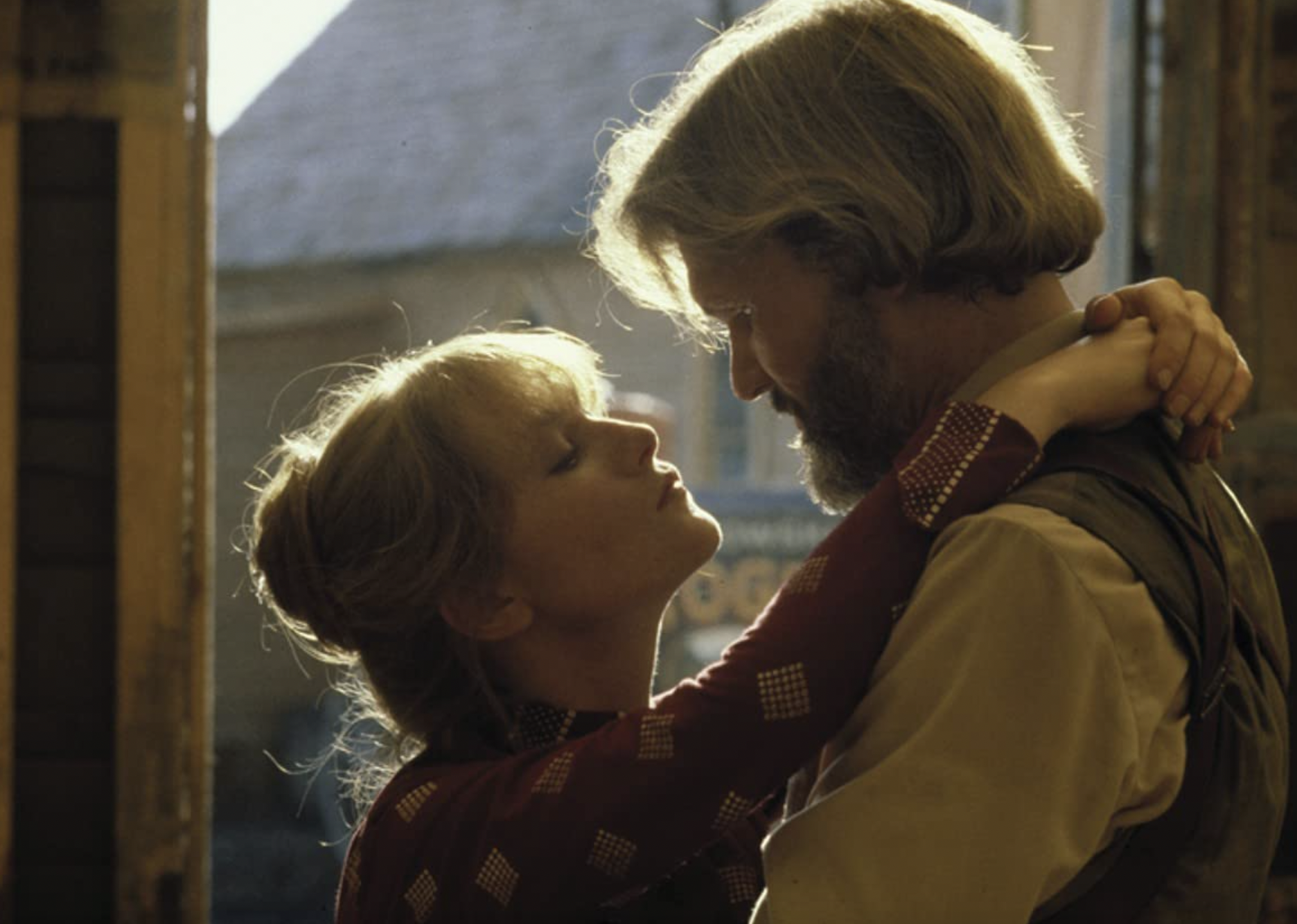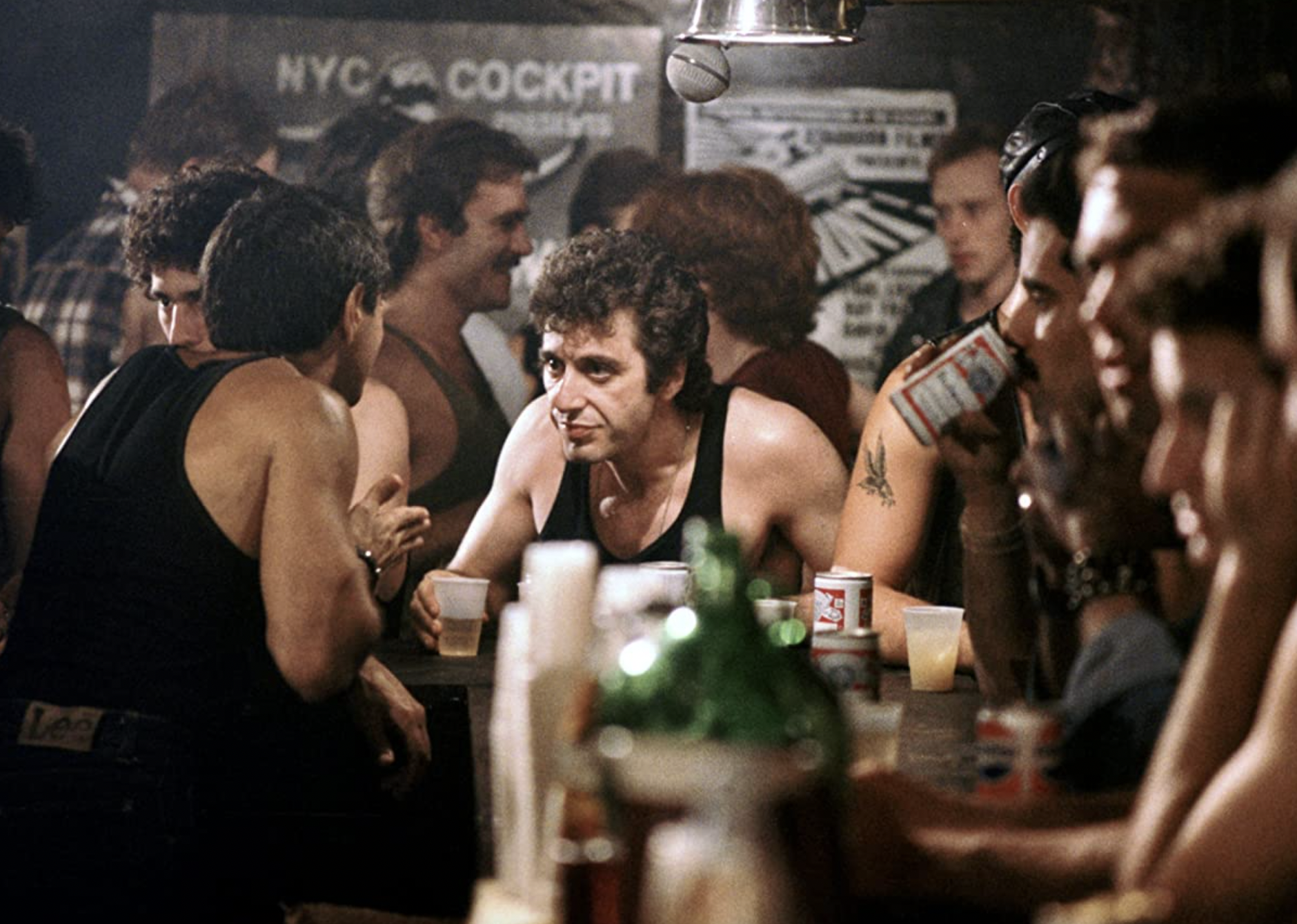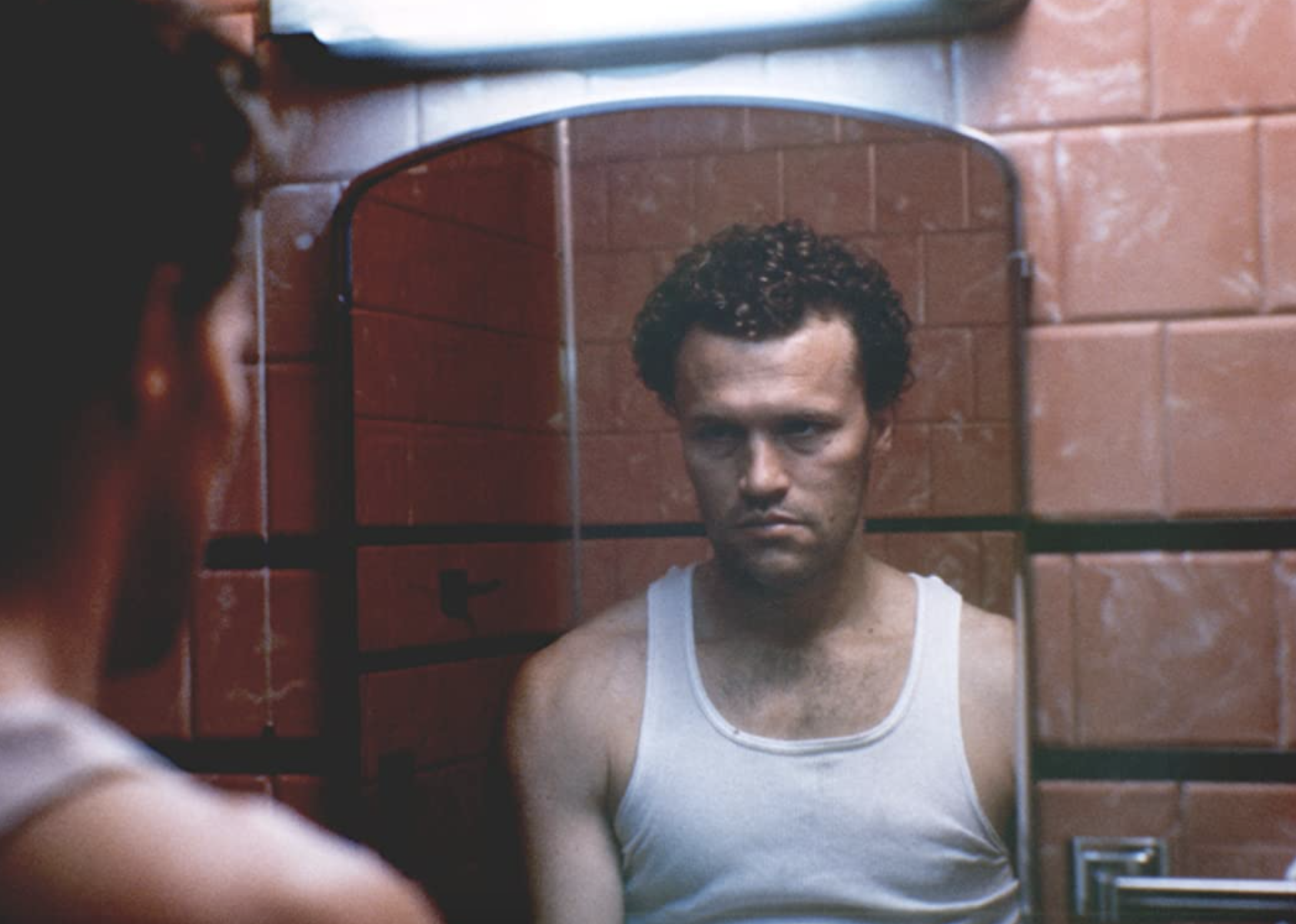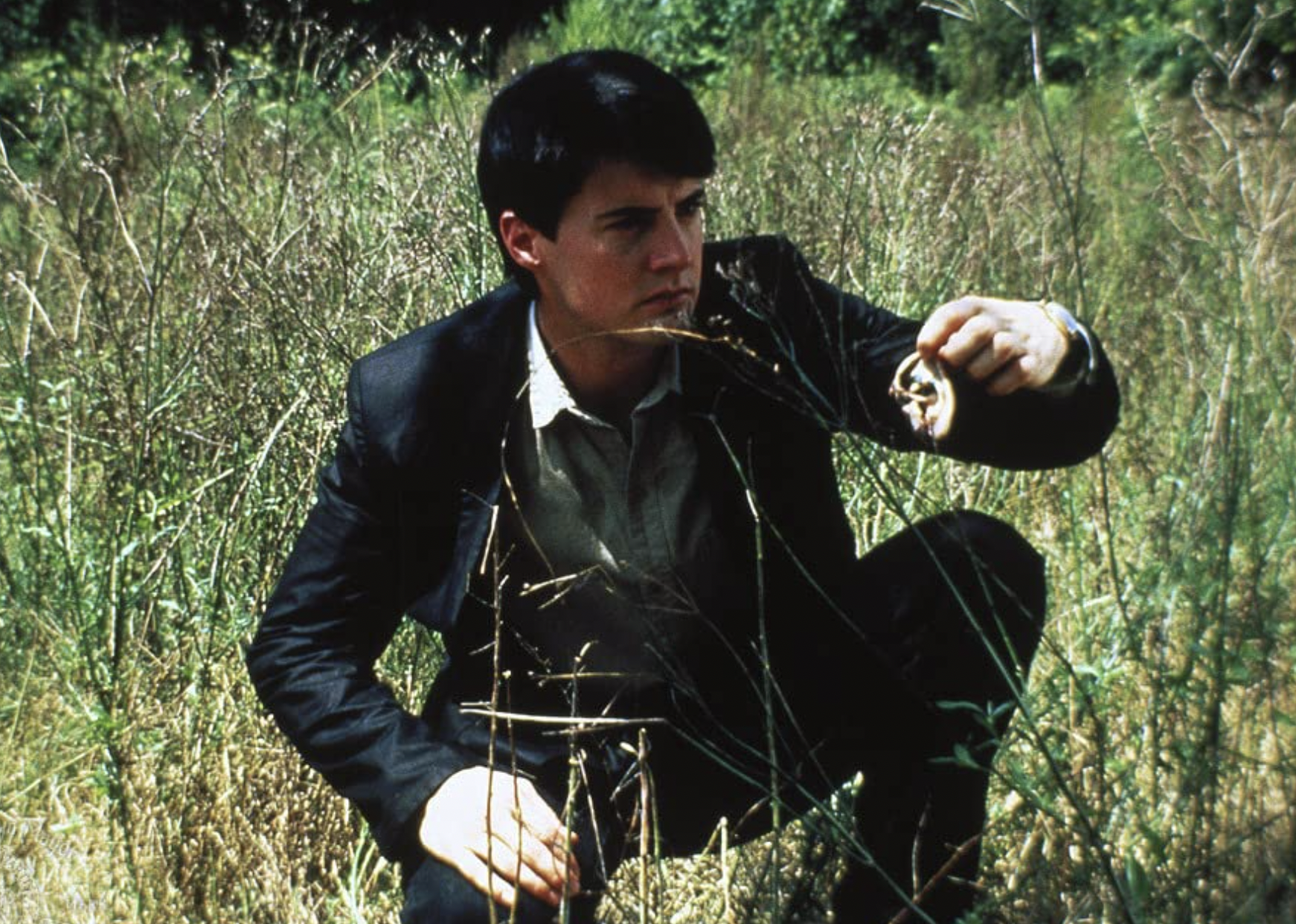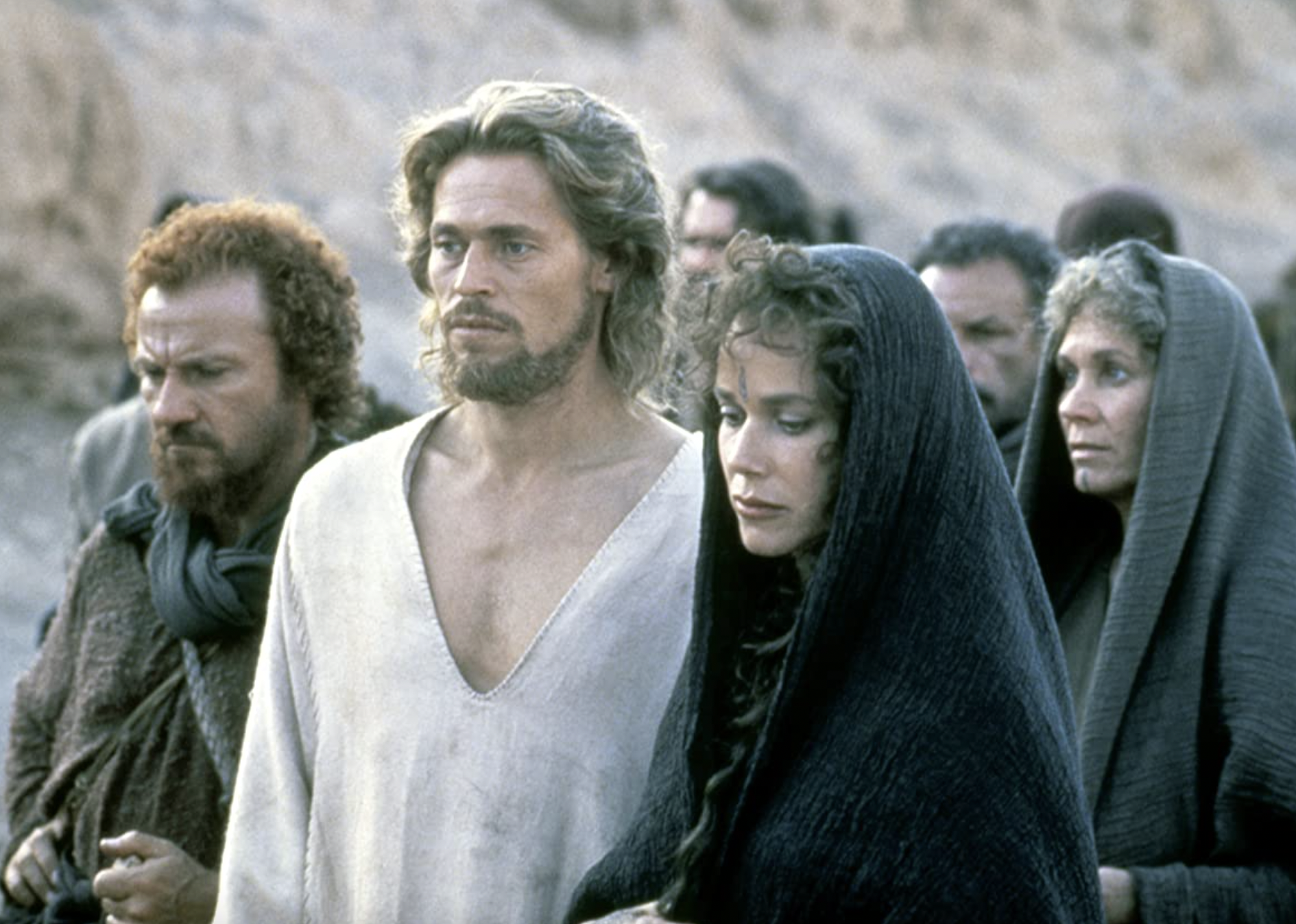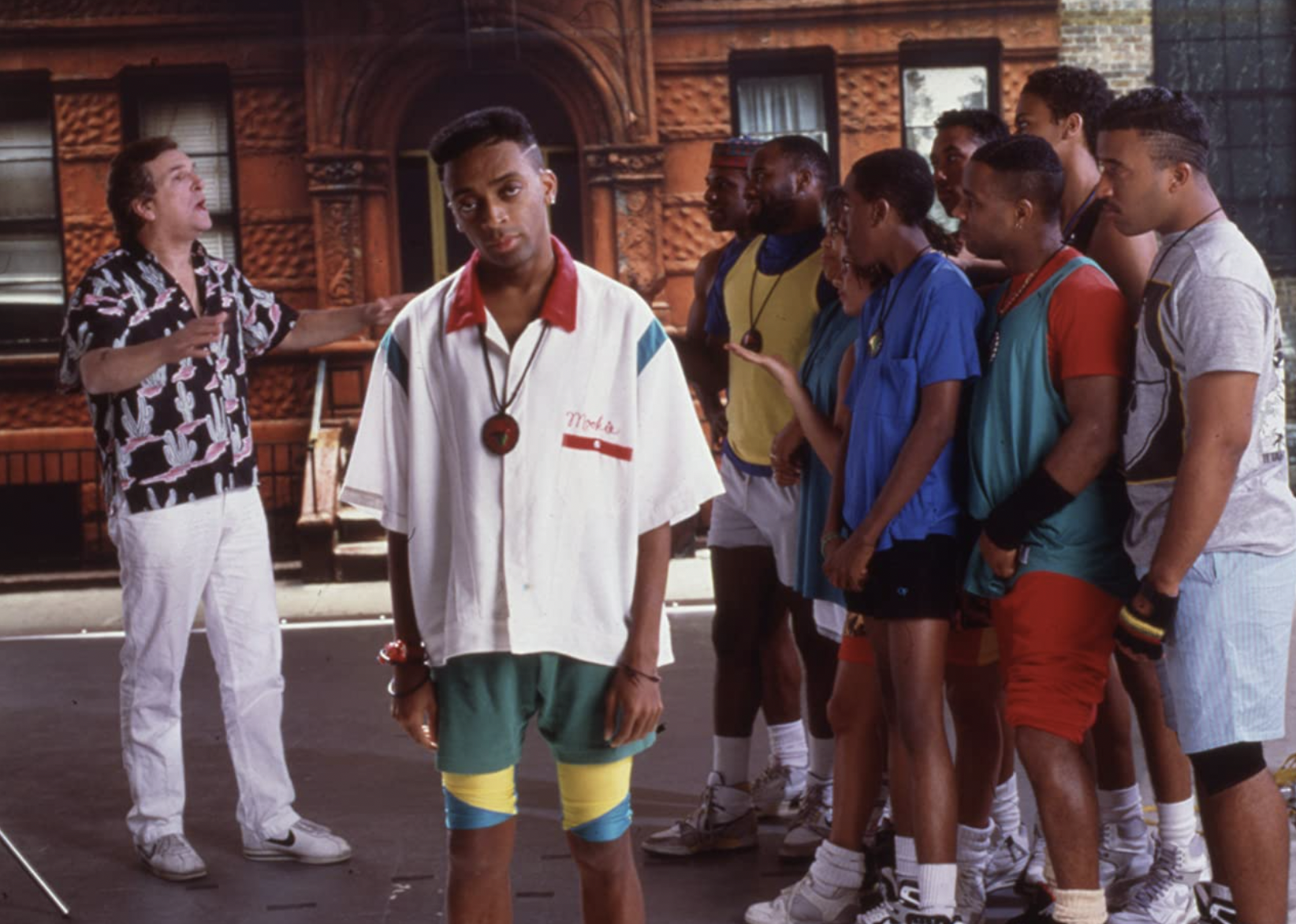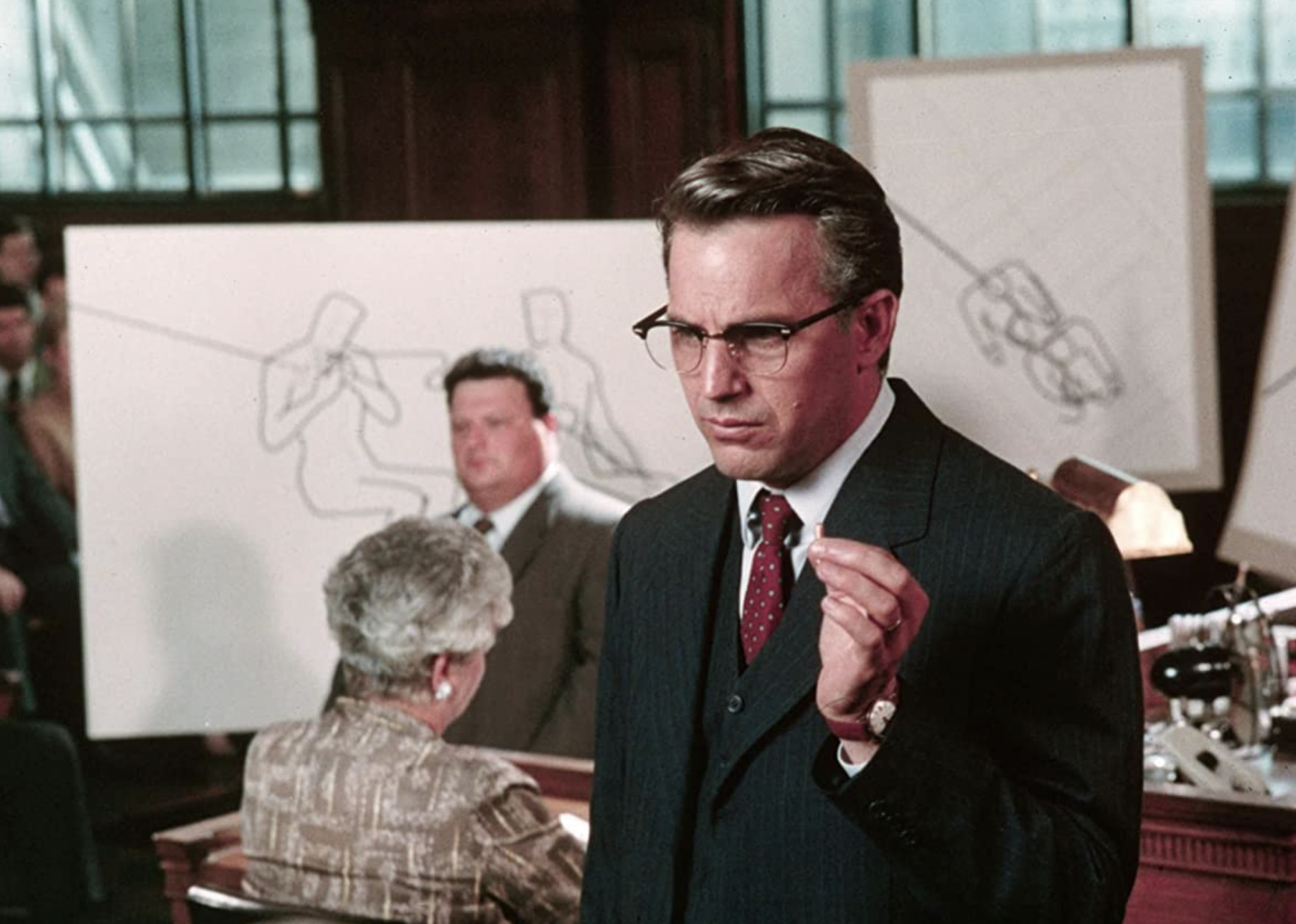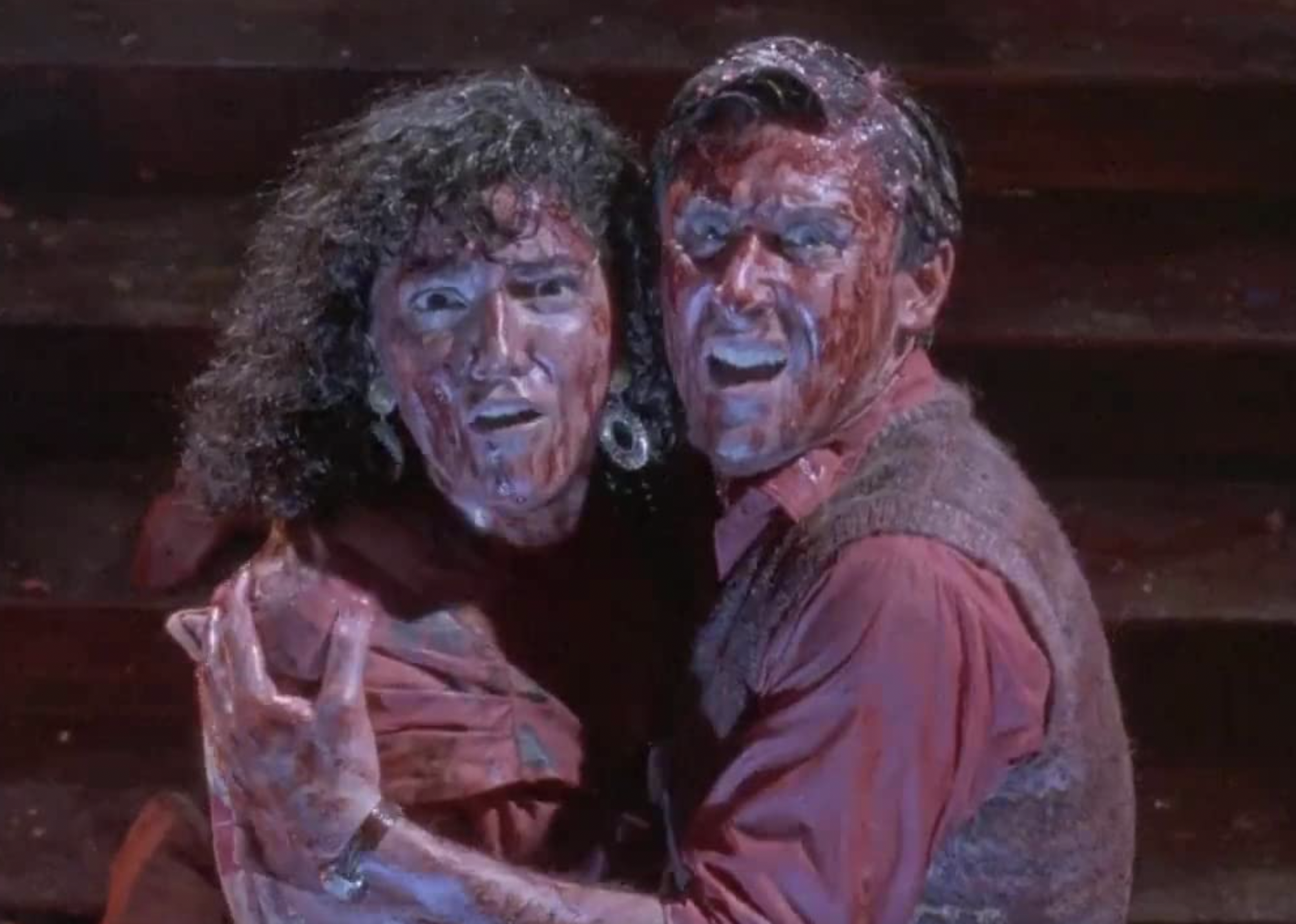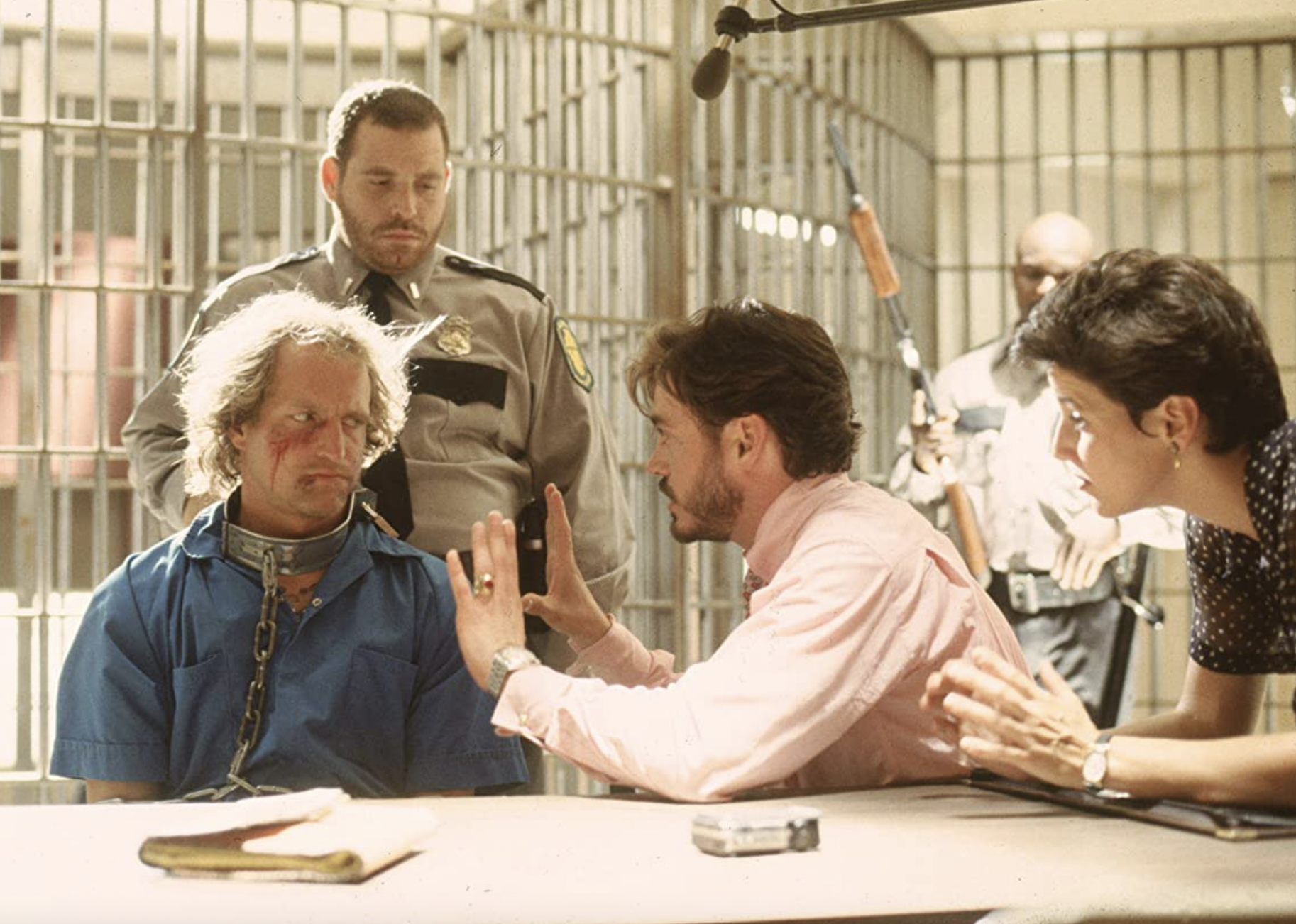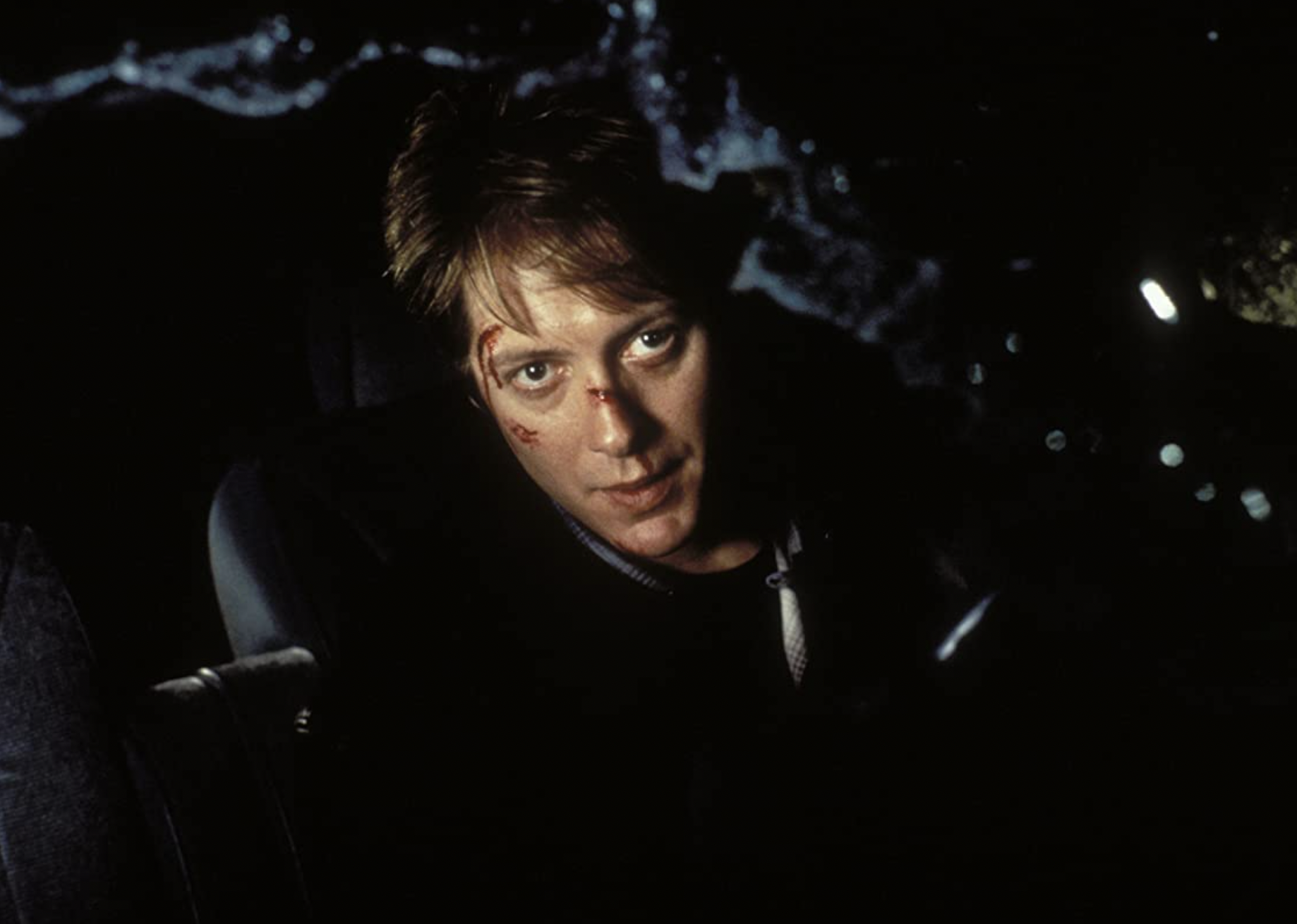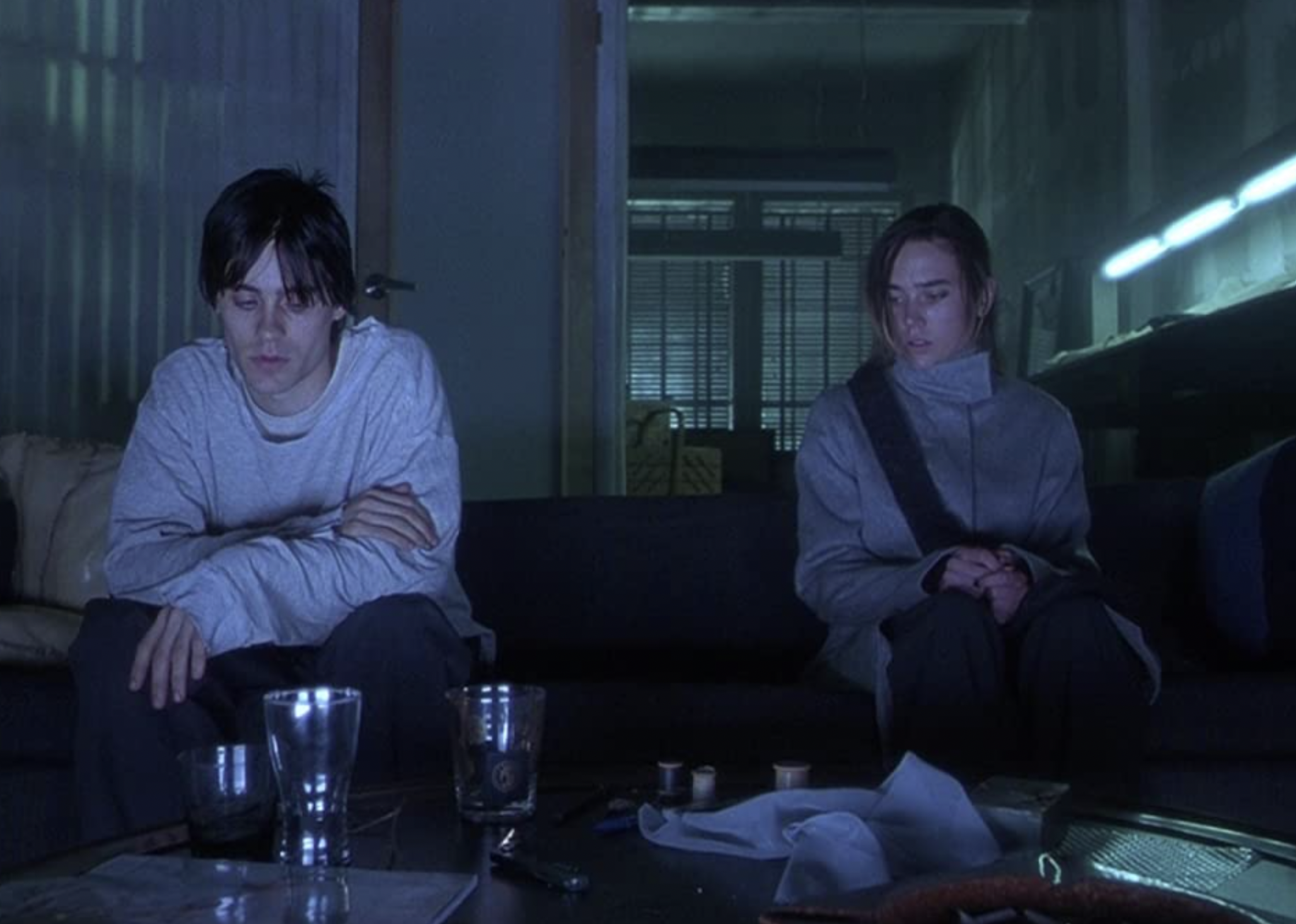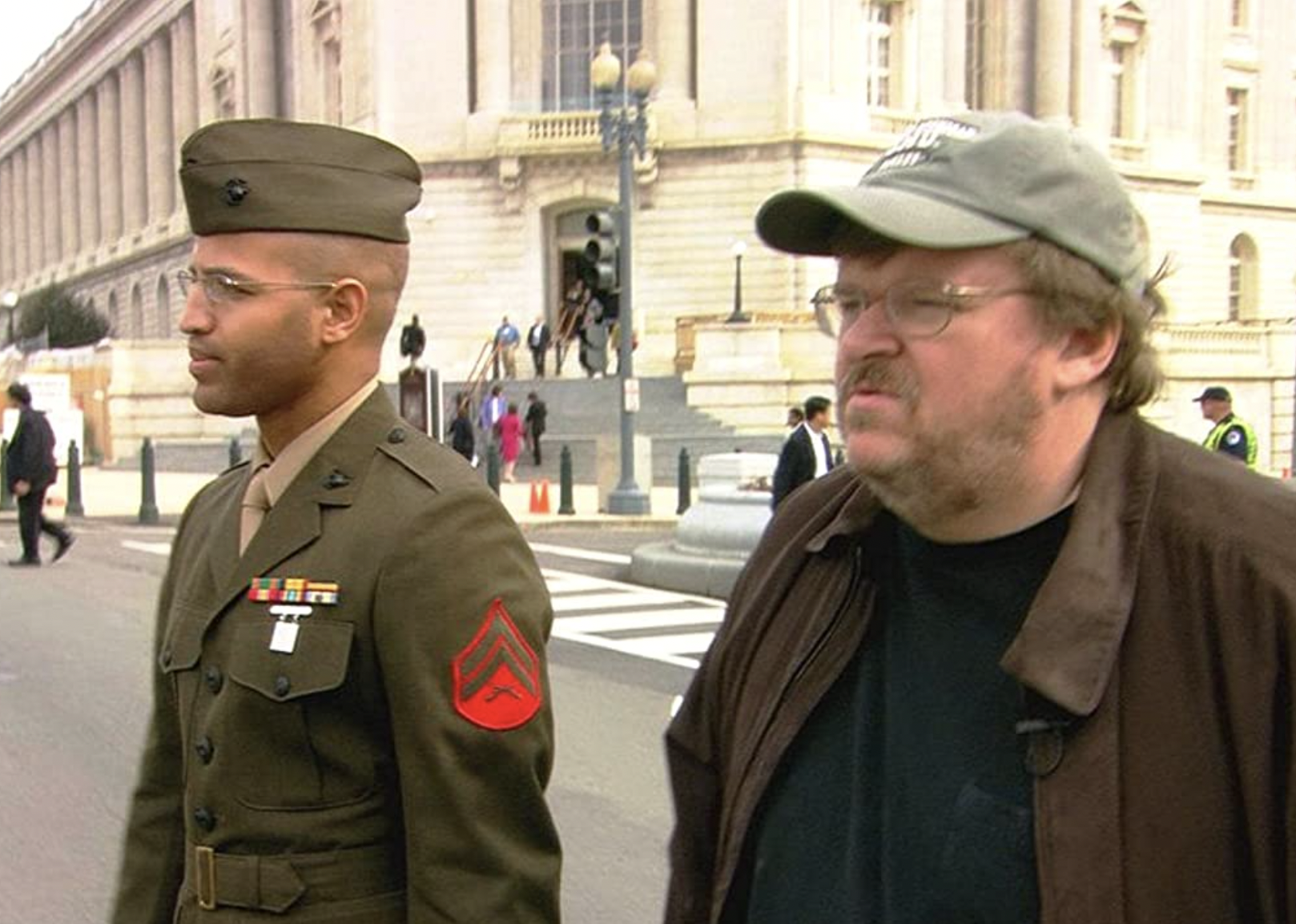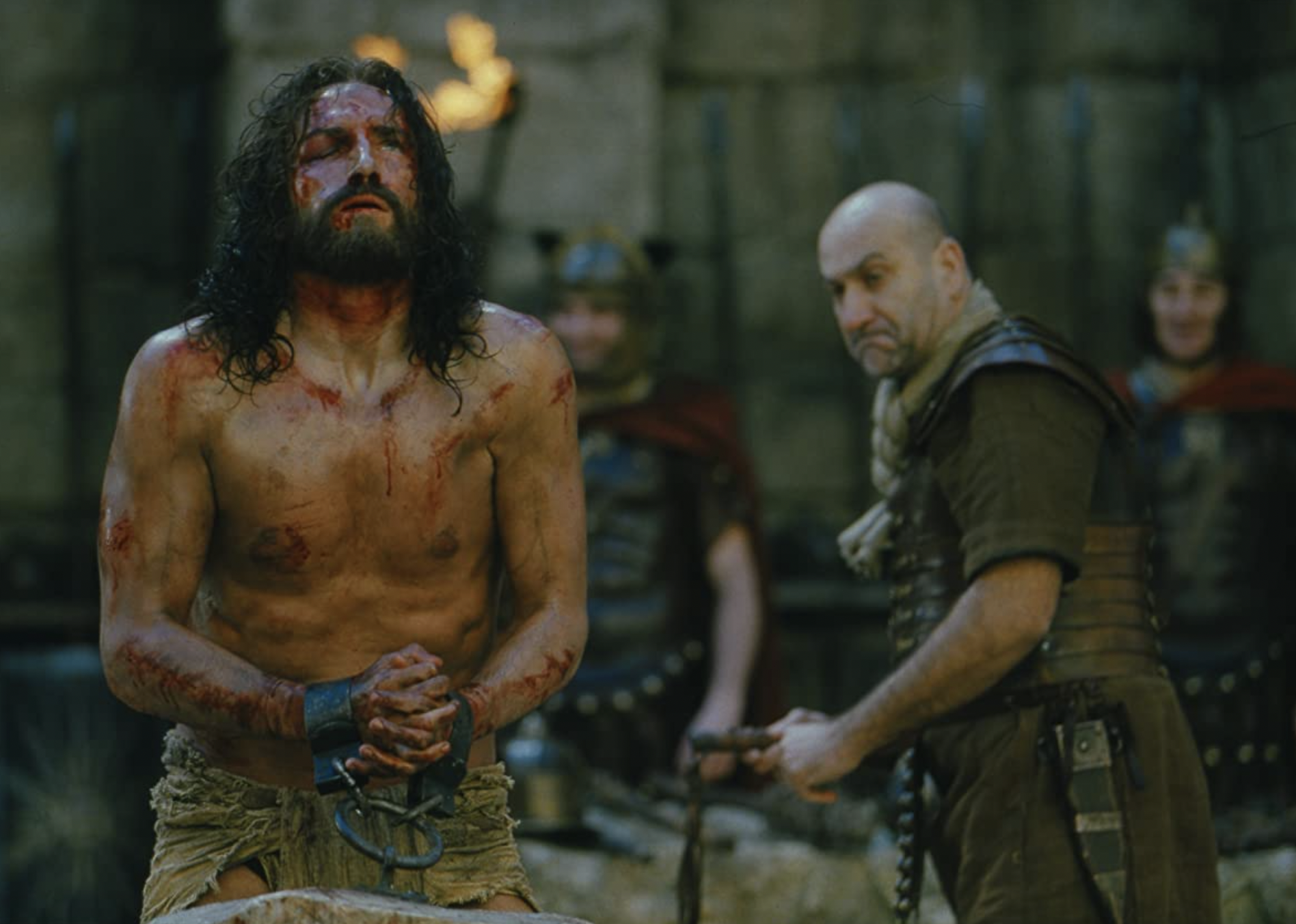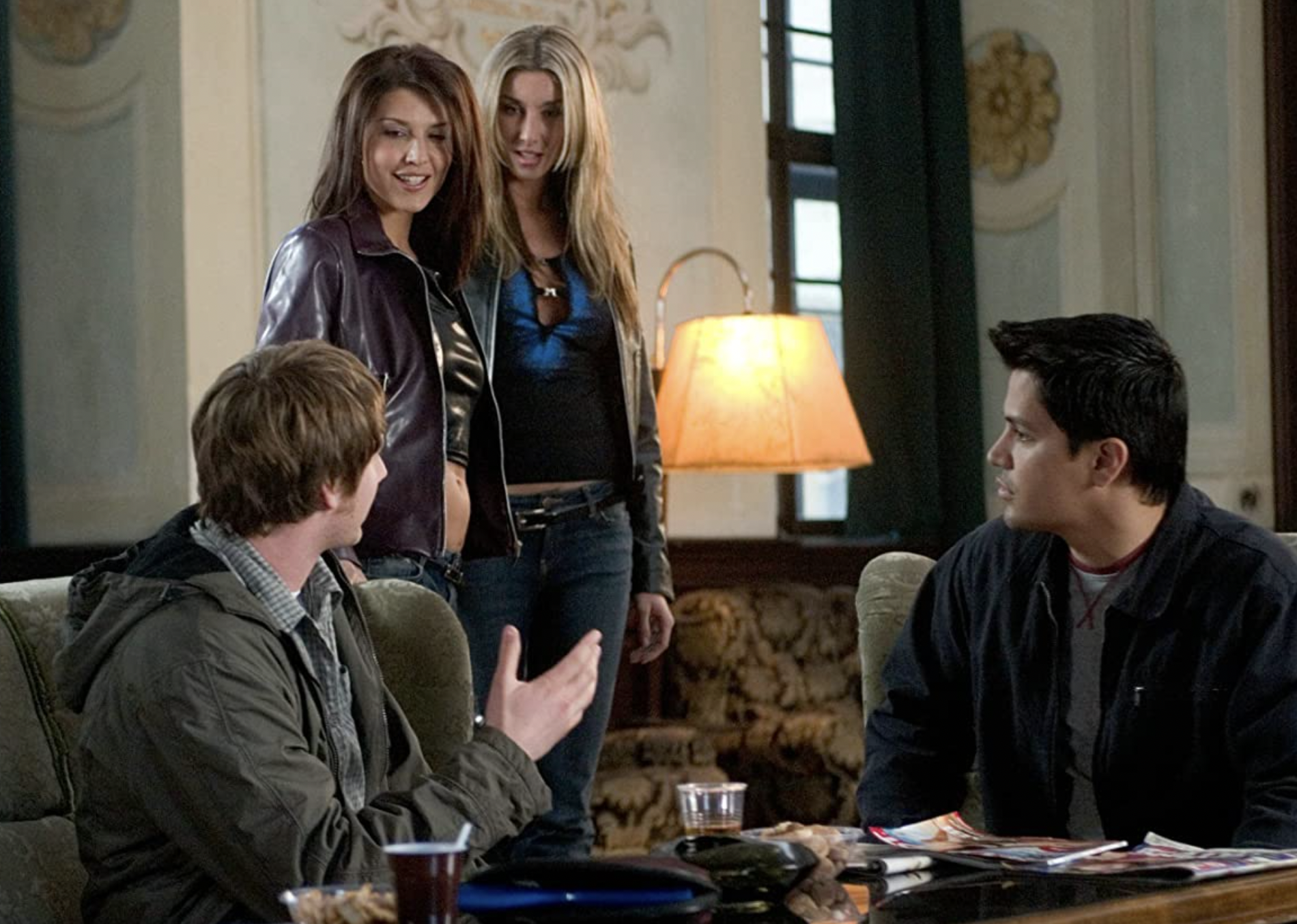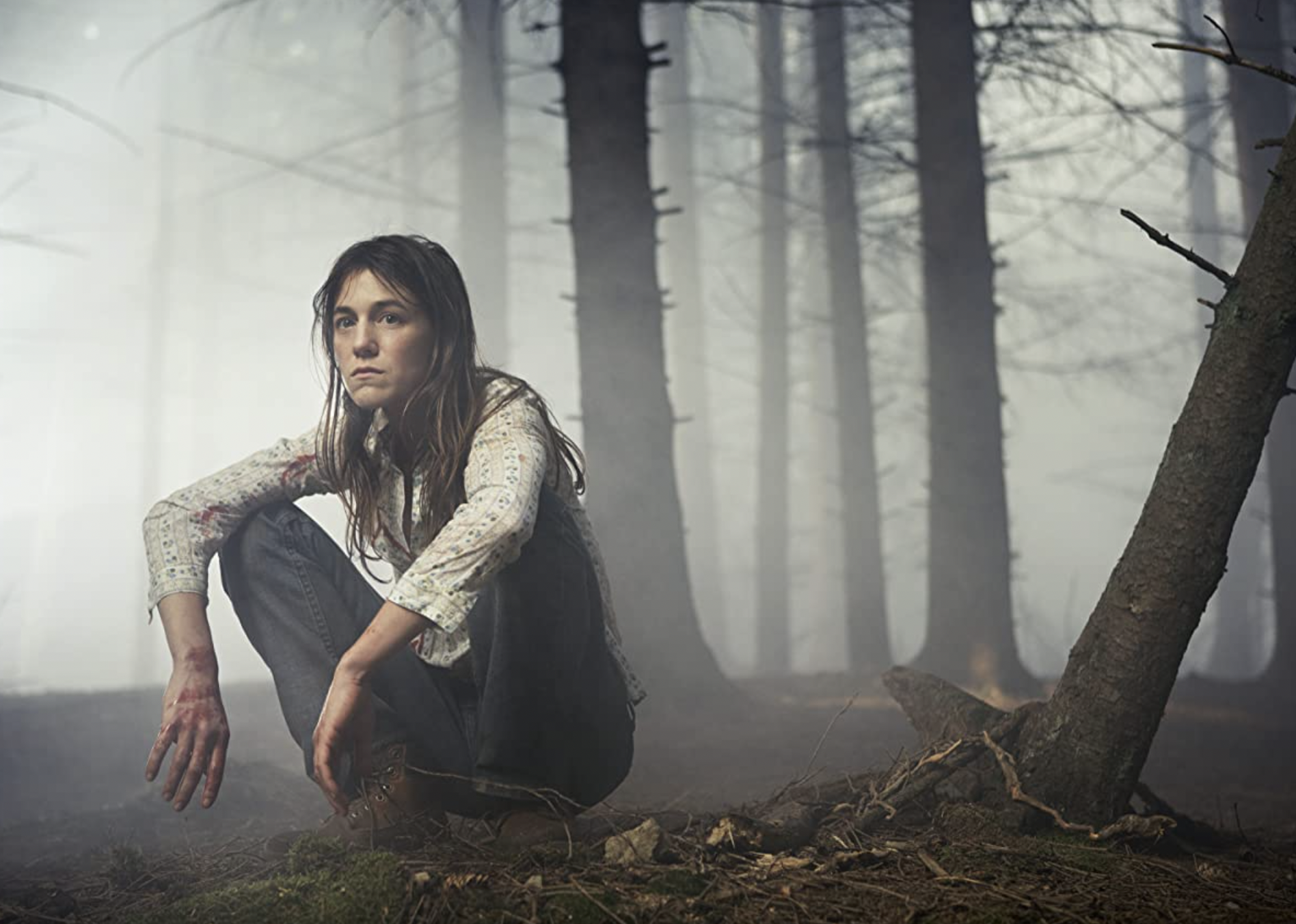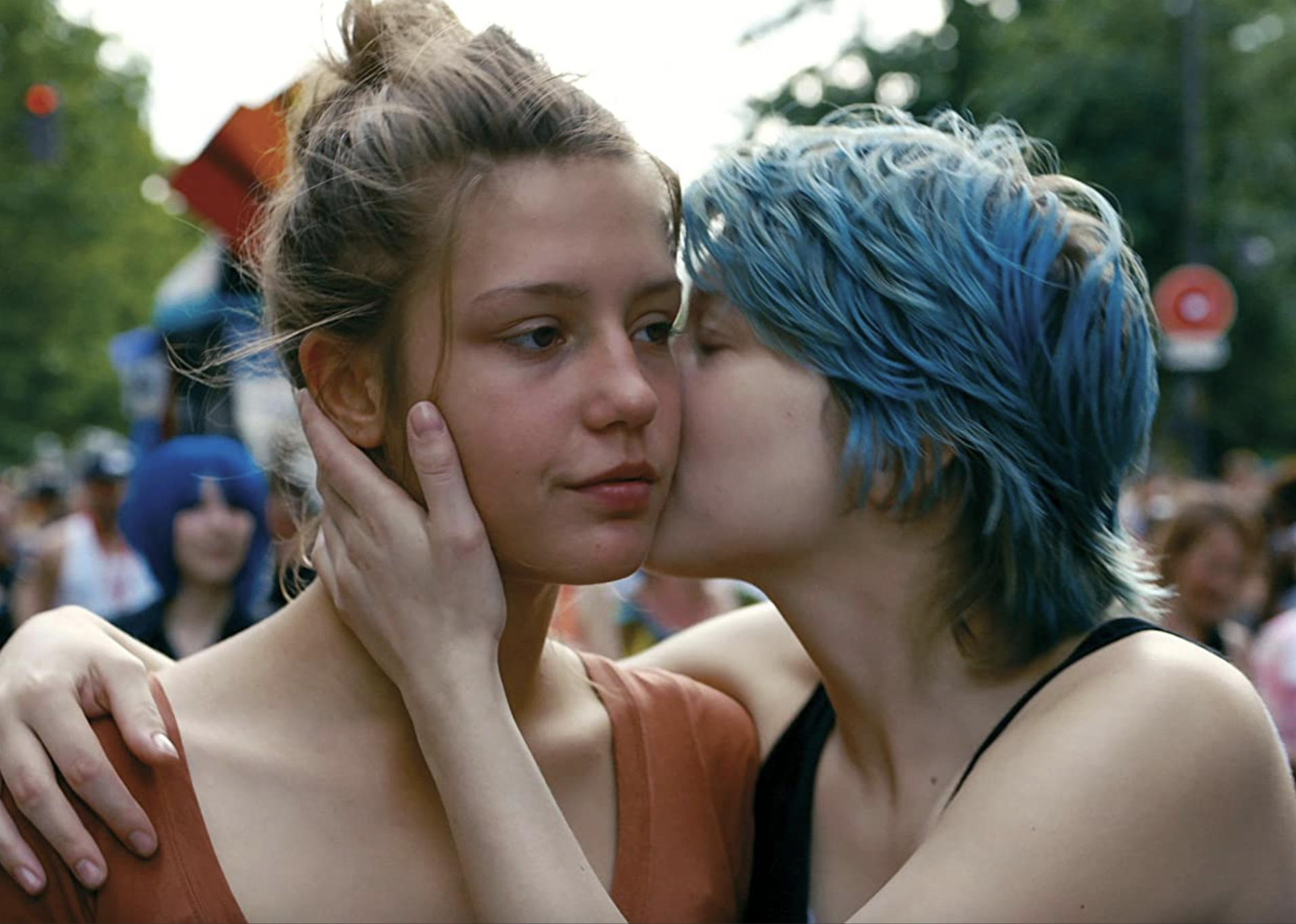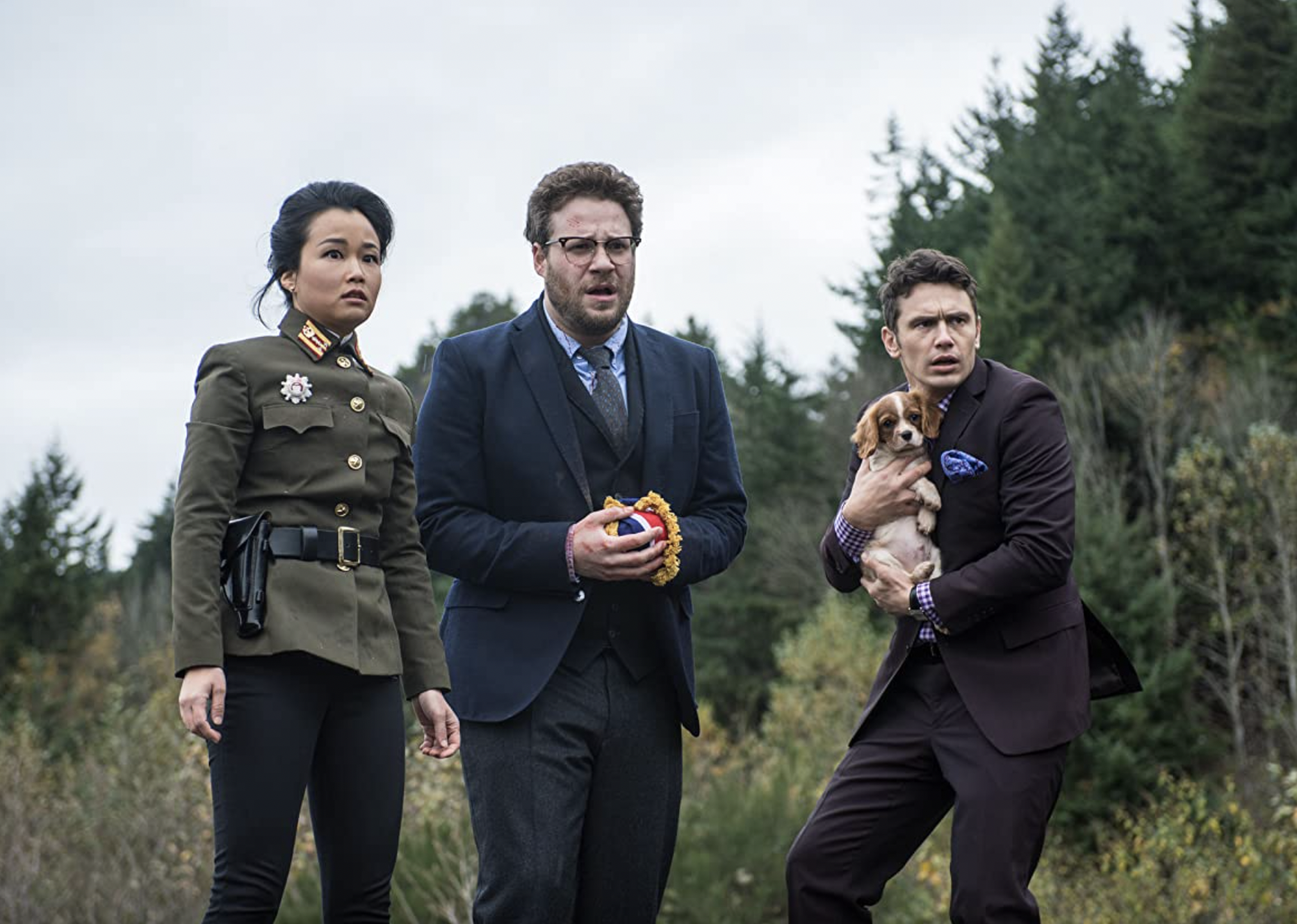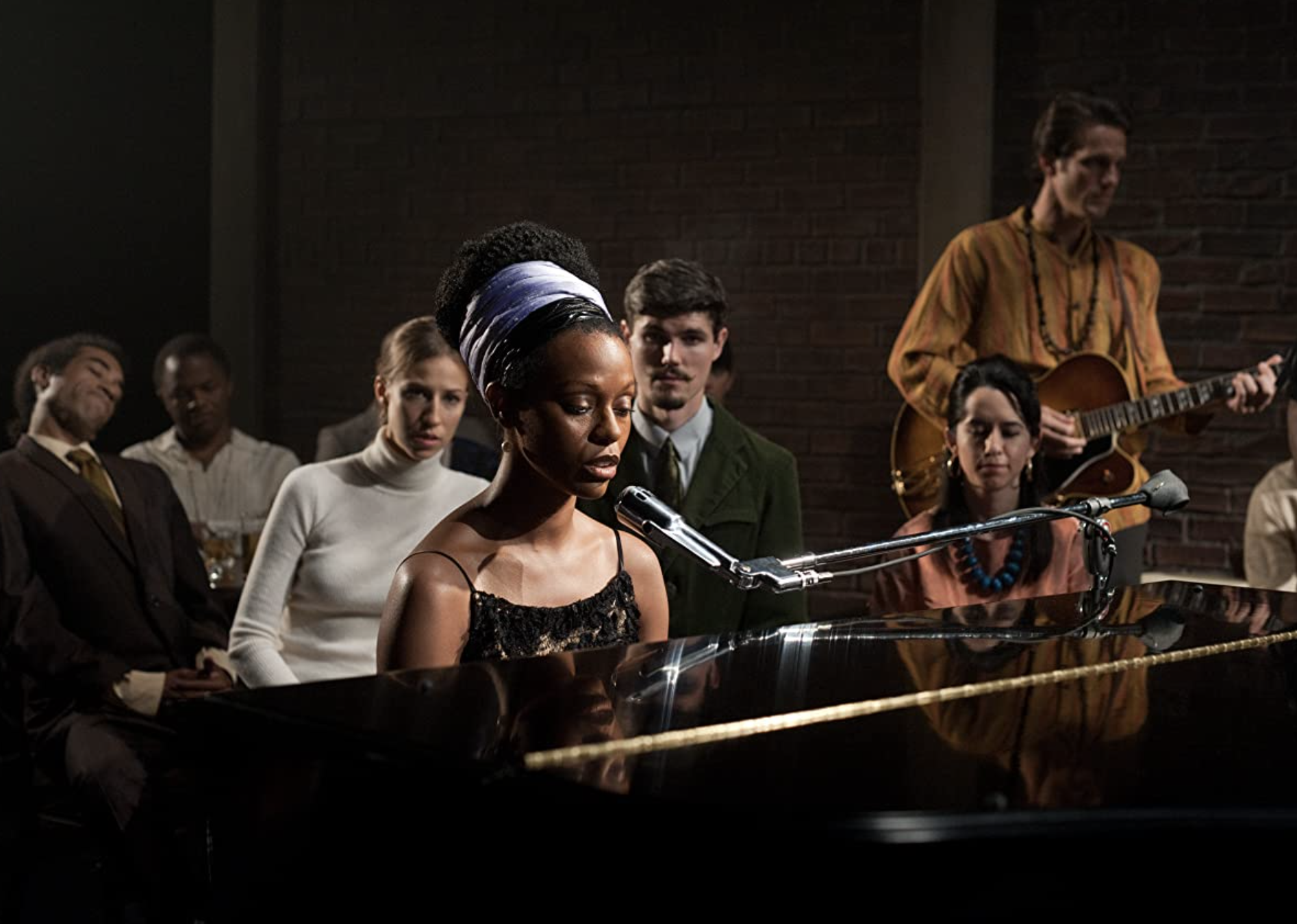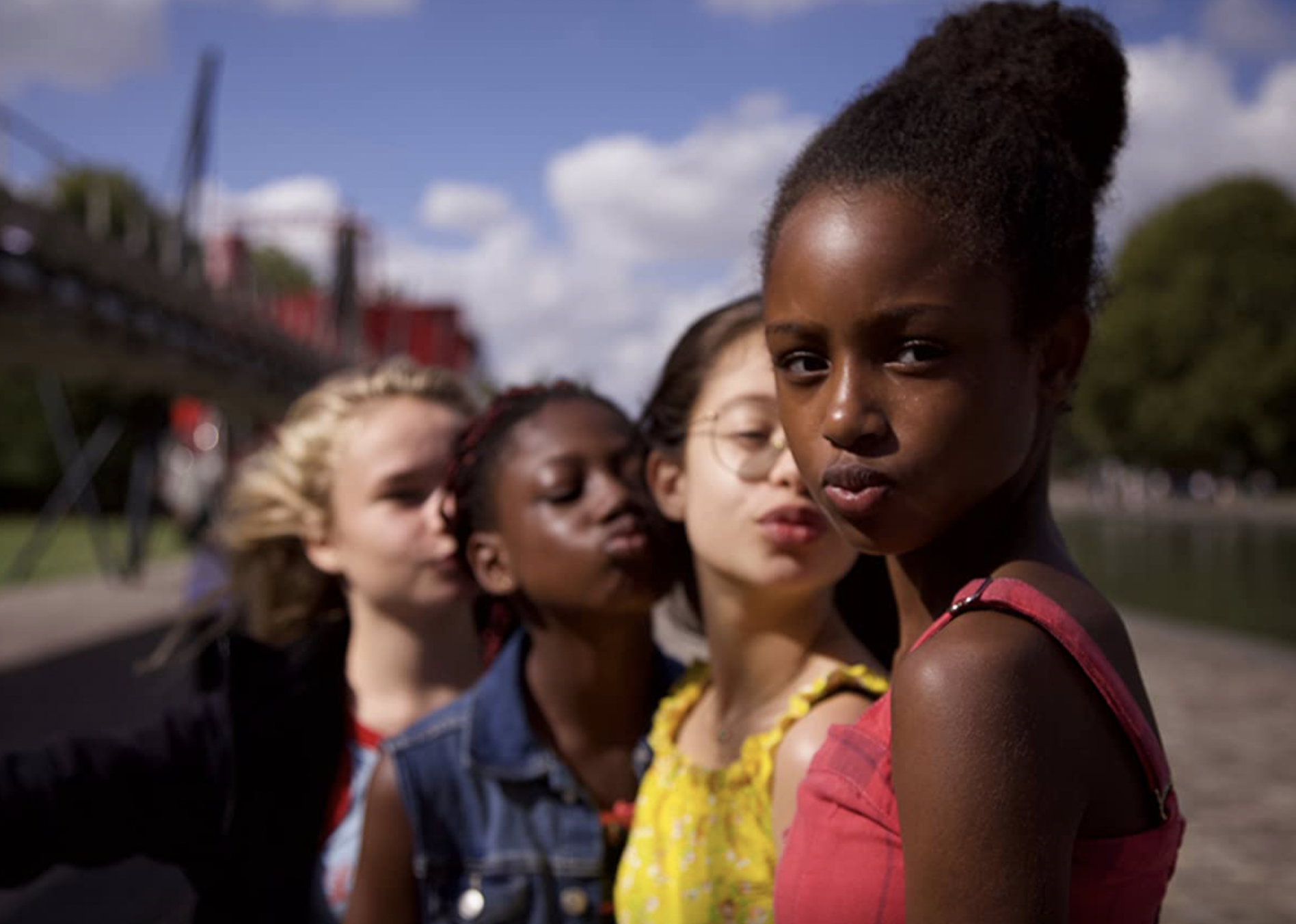Controversial films tend to have one of two effects: Potential moviegoers steer clear of the big screen, heeding critics' warnings to beware, or the promise of something contentious makes viewers want to see the movie even more. In fact, some argue generating controversy is the point of certain films.
Views on film content can change over time, though. Movies that were once labelled shocking for issues like language, sex, or violence may be less disputed, or even become popular, years later. A 2015 study found that films originally considered controversial became more mainstream over a period of 40 to 50 years.
Opinions also differ on how these questionable films should be handled. Should they remain accessible for viewers who wish to watch them? Or should they be censored or banned instead? After all, what offends or upsets one person may intrigue another.
Stacker researched films that provoked this type of national controversy, highlighting 40 of the most significant. These movies are listed chronologically from oldest to most recent, with IMDb user rating and Metascore provided for popular and critical context. Keep reading to discover exactly what type of controversy each film stirred up and how the viewing public reacted.
Haxan (1922)
- Director: Benjamin Christensen
- IMDb user rating: 7.6
- Metascore: data not available
- Runtime: 91 minutes
"Häxan" may be a silent film, but the lack of sound only amplifies the horror. This Swedish production features depictions of witchcraft through the ages, conveying that these so-called witches were really just living with mental illness. Images of violence, torture, and Satan were quite shocking for the time, and a 1923 Variety review called the film "absolutely unfit for public exhibition."
Scarface (1932)
- Directors: Howard Hawks, Richard Rosson
- IMDb user rating: 7.7
- Metascore: 87
- Runtime: 93 minutes
The original "Scarface"—famously reimagined in 1983, starring Al Pacino—chronicles the rise and fall of a hot-headed mobster who is based on real-life gangster Al Capone. Big cities like Chicago and Seattle, as well as entire states including New York and Kansas, banned the film due to its glorification of crime and violence.
Freaks (1932)
- Director: Tod Browning
- IMDb user rating: 7.8
- Metascore: 80
- Runtime: 64 minutes
In "Freaks," a trapeze artist schemes to marry the head sideshow performer not for love, but for his money. While the film's title and portrayal of these performers are recognized as offensive today, that wasn't the reason it was poorly received back in 1932. Viewers reportedly found the movie so disturbing that they walked out, and the film was ultimately trimmed down from 90 minutes to a mere 60.
Song of the South (1946)
- Directors: Harve Foster, Wilfred Jackson
- IMDb user rating: 7.0
- Metascore: 54
- Runtime: 94 minutes
Disney's "Song of the South," a blend of live-action and animation, is well-known by many for the song "Zip-a-Dee-Doo-Dah" and the Splash Mountain ride it inspired at Disney World. The movie is set in the southern U.S. following the Civil War and features stories about the adventurous characters Br'er Bear, Br'er Fox, and Br'er Rabbit. Although actor James Baskett earned an honorary Oscar for his role as storyteller Uncle Remus, the NAACP labeled the film problematic, stating that it "helps to perpetuate a dangerously glorified picture of slavery."
Psycho (1960)
- Director: Alfred Hitchcock
- IMDb user rating: 8.5
- Metascore: 97
- Runtime: 109 minutes
"Psycho"—the classic thriller about a young secretary (Janet Leigh) on the run who is killed in a creepy roadside motel—was adapted from Robert Bloch's book of the same name. The opening scene, depicting Leigh's character engaged in an affair, and the infamous shower scene where the murder occurs are the main reasons this movie stirred up such controversy. The film studio expressed its displeasure with the depictions of sexuality and violence in the film by limiting Alfred Hitchcock's budget.
Peeping Tom (1960)
- Director: Michael Powell
- IMDb user rating: 7.6
- Metascore: data not available
- Runtime: 101 minutes
Although it may now be labelled a piece of film history, when "Peeping Tom" was first released, it was considered shocking and distasteful. This British horror flick tells the story of a photographer and film crew member who moonlights as a serial killer, filming his victims as they die. This combination of voyeurism and violence impacted the rest of director Michael Powell's career, as the negative critical and public reactions made it difficult for him to land future projects.
Bonnie and Clyde (1967)
- Director: Arthur Penn
- IMDb user rating: 7.7
- Metascore: 86
- Runtime: 111 minutes
"Bonnie and Clyde" was perhaps most controversial for the opposing opinions it generated. Moviegoers loved this biopic about the duo who fell in love and tore across the U.S. in a historic crime spree, and the film was also nominated for multiple Academy Awards. However, many critics were not impressed with the characters—called "inept, bumbling, moronic types" by Variety—or the "blending of farce with brutal killings," which the New York Times called "pointless."
Titicut Follies (1967)
- Director: Frederick Wiseman
- IMDb user rating: 7.7
- Metascore: data not available
- Runtime: 84 minutes
The documentary film "Titicut Follies" exposed conditions inside Massachusetts' Bridgewater State Hospital in the mid-1960s. The facility housed individuals who, according to director Frederick Wiseman, "committed the most outrageous crimes imaginable," but the treatment of these patients was concerning. Although Wiseman obtained consent from both the hospital and patients' families, the state felt the film violated patient rights, and a judge limited its use to "educational purposes" only for over 20 years.
Midnight Cowboy (1969)
- Director: John Schlesinger
- IMDb user rating: 7.8
- Metascore: 79
- Runtime: 113 minutes
Based on the book by James Leo Herlihy, "Midnight Cowboy" stars Jon Voight and Dustin Hoffman as a pair of hustlers in the Big Apple. Hoffman admits he was concerned this film would end his career after noticing "people walked out in droves" from screenings during a sex scene between Voight and another man. Hoffman was wrong, though—the film became the first X-rated movie to win an Academy Award for Best Picture.
A Clockwork Orange (1971)
- Director: Stanley Kubrick
- IMDb user rating: 8.3
- Metascore: 77
- Runtime: 136 minutes
"A Clockwork Orange," based on Anthony Burgess' 1962 novel, is the vividly violent story of a young man who beats, rapes, and murders with no remorse. Although this dystopian tale is intended to be satirical, the extreme on-screen violence led to bans worldwide, including Ireland, Singapore, and South Africa.
The Devils (1971)
- Director: Ken Russell
- IMDb user rating: 7.8
- Metascore: 49
- Runtime: 111 minutes
Ken Russell's controversial take on power and religion, "The Devils," was so shocking that he was forced to cut multiple scenes before the film could even receive an X rating. This story of a real Catholic priest who was executed for witchcraft in the 17th century was drawn from both a 1952 Aldous Huxley novel and a 1960 John Whiting play. The film's outrageous combination of religion and sex led to its ban in multiple countries.
Straw Dogs (1971)
- Director: Sam Peckinpah
- IMDb user rating: 7.4
- Metascore: 73
- Runtime: 113 minutes
In "Straw Dogs," a young man and his wife move to rural England, where they face growing harassment from a group of local men. This torment culminates with the wife's sexual assault by two of the men. One of these rape scenes, in particular, created a great deal of controversy, as the wife appears to have conflicting feelings—a deliberate choice by director Sam Peckinpah that makes the scene even more difficult to watch.
Sweet Sweetback's Baadasssss Song (1971)
- Director: Melvin Van Peebles
- IMDb user rating: 5.5
- Metascore: 71
- Runtime: 97 minutes
"Sweet Sweetback's Baadasssss Song"—the indie film director Melvin Van Peebles called "the first Black power movie"—follows a male prostitute on the run after saving a Black Panther from law enforcement. The movie has been criticized for sexualizing women and exploiting children due to a sex scene involving a 13-year-old actor. This scene was later censored by the British Film Institute based on the Protection of Children Act, which forbids indecent images of children from being distributed.
Pink Flamingos (1972)
- Director: John Waters
- IMDb user rating: 6.0
- Metascore: 47
- Runtime: 93 minutes
In John Waters' cult classic "Pink Flamingos," a woman named Divine fights an evil couple attempting to dethrone her as "the filthiest person alive." Variety originally called it "one of the vilest, stupid and repulsive films ever made" due to the shocking content that ranges from incest to a scene of Divine consuming dog excrement. A few decades later, the same publication declared it one of the 100 greatest movies ever made. The film was originally banned in Austria and Switzerland. It took over a decade to be widely distributed in the U.K.
The Exorcist (1973)
- Director: William Friedkin
- IMDb user rating: 8.1
- Metascore: 81
- Runtime: 122 minutes
Based on the novel by William Peter Blatty, "The Exorcist" was drawn from the real-life experiences of a 14-year-old boy believed to be possessed by a demon in 1949. The film changes these details slightly, centering instead on the exorcism of a 12-year-old girl. Often tagged one of the most terrifying horror movies of all time, the film is so scary that audience members reportedly fainted and vomited during initial screenings.
Salo, or the 120 Days of Sodom (1975)
- Director: Pier Paolo Pasolini
- IMDb user rating: 5.8
- Metascore: data not available
- Runtime: 117 minutes
"Salò, or the 120 Days of Sodom" was adapted for the screen from the work of the Marquis de Sade—a fact that clearly explains why the film's subject matter is so shocking. Italian director Pier Paolo Pasolini updated the setting from the fall of French society to that of a fascist regime but retained Sade's sexual predilections for things like torture and coprophilia. A 1977 New York Times review dismissed the film as a work that "dehumanizes the human spirit, which is supposed to be the artist's concern."
In the Realm of the Senses (1976)
- Director: Nagisa Ôshima
- IMDb user rating: 6.6
- Metascore: data not available
- Runtime: 109 minutes
Based on the true story of a woman named Sada Abe, "In the Realm of the Senses" is a film about a maid who falls in love with her employer in 1930s Japan—then accidentally kills him and cuts off his penis to keep, a shocking act which is included on screen. The movie was not intended to be viewed as pornography but rather "politicized eroticism," although it contains plenty of graphic, unsimulated sex. In 1978, director Nagisa Ôshima faced obscenity charges for his work and, although he was acquitted in 1982, the film is still banned in Japan.
I Spit on Your Grave (1978)
- Director: Meir Zarchi
- IMDb user rating: 5.6
- Metascore: 19
- Runtime: 101 minutes
"I Spit on Your Grave" is a film that was criticized for having gratuitous sexual violence. The premise: A young woman is repeatedly raped by a group of four men whom she later tracks down to exact her bloody revenge. The film is so dark that acclaimed critic Roger Ebert reported "feeling unclean, ashamed and depressed" after seeing it, also stating, "There is no reason to see this movie except to be entertained by the sight of sadism and suffering."
Life of Brian (1979)
- Director: Terry Jones
- IMDb user rating: 8.0
- Metascore: 77
- Runtime: 94 minutes
Film fans had mixed feelings upon the release of Monty Python's "Life of Brian": some found it blasphemous, while others thought it was hilarious. This over-the-top satire from a well-known British comedy group follows Brian, a man from Nazareth, who is mistaken for Jesus throughout his life. The New York Times dubbed the film "the foulest-spoken biblical epic ever made, as well as the best-humoured" in their 1979 review.
Heaven's Gate (1980)
- Director: Michael Cimino
- IMDb user rating: 6.7
- Metascore: 57
- Runtime: 219 minutes
"Heaven's Gate" is based on true events that occurred in the late 19th century, when Wyoming cattle owners banded together to kill a group of immigrants. Advance reviews were overwhelmingly negative for the lengthy Western, leading director Michael Cimino to pull it from theaters only hours before the scheduled opening. Even after it was cut down by over an hour, the film only made $3.5 million domestically when it was finally released in April 1981—a huge disappointment for a film with a $44 million budget.
Cruising (1980)
- Director: William Friedkin
- IMDb user rating: 6.5
- Metascore: 43
- Runtime: 102 minutes
In "Cruising," Al Pacino plays an undercover officer who infiltrates New York City's S&M scene. His goal: find the serial killer who's murdering gay men one by one. The queer community and critics were outspoken against the portrayal of characters in this film, including the homophobic trope of the killer being a gay man who feels conflicted about his own sexuality.
Henry: Portrait of a Serial Killer (1986)
- Director: John McNaughton
- IMDb user rating: 7.0
- Metascore: 80
- Runtime: 83 minutes
"Henry: Portrait of a Serial Killer" is the fictionalized story of real-life serial killer Henry Lee Lucas, a pathological liar who claimed he committed over 600 murders but was convicted of only 11. The violence portrayed was so disturbing and realistic that the film was rated X, and director John McNaughton refused to make the cuts needed to bring it down to an R rating.
Blue Velvet (1986)
- Director: David Lynch
- IMDb user rating: 7.7
- Metascore: 76
- Runtime: 120 minutes
"Blue Velvet" was considered risqué from the start—so much so that one wonders how Lancôme execs felt when Isabella Rossellini signed on to play nightclub singer Dorothy Vallens, who would coerce the film's hero to strip at knifepoint. The film follows a young man (Kyle MacLachlan) who stumbles into a twisted world of sex and violence. This depiction of sadomasochism turned some viewers off, and critics had mixed feedback, but The Guardian's 1987 review puts it best: "Love it or hate it, see it you must."
The Last Temptation of Christ (1988)
- Director: Martin Scorsese
- IMDb user rating: 7.5
- Metascore: 80
- Runtime: 164 minutes
"The Last Temptation of Christ" portrays the life of Jesus (Willem Dafoe) all the way through to his crucifixion. Unsurprisingly, the film was controversial, considering that the source material—Nikos Kazantzakis' 1955 book of the same name—was banned by the Catholic Church. Christian groups widely protested the movie as blasphemous, and upon release, multiple large U.S. cinemas refused to show the film in their theaters.
Do the Right Thing (1989)
- Director: Spike Lee
- IMDb user rating: 7.9
- Metascore: 93
- Runtime: 120 minutes
In "Do the Right Thing," director Spike Lee stars as a pizza delivery man on a day in Brooklyn that ends with a Black man's murder at the hands of police. The portrayal of racism and subsequent community reactions in the film spawned conflicting opinions among critics, with detractors claiming it encouraged violence and rioting. Others found it to be an accurate and moving work, like Roger Ebert, who said, "It comes closer to reflecting the current state of race relations in America than any other movie of our time."
JFK (1991)
- Director: Oliver Stone
- IMDb user rating: 8.0
- Metascore: 72
- Runtime: 189 minutes
Oliver Stone's blockbuster biopic about John F. Kennedy has been highly scrutinized for its take on the president's assassination. "JFK" stars Kevin Costner as real-life district attorney Jim Garrison, a man who theorized that the American government—not Lee Harvey Oswald—was responsible for Kennedy's murder. The press was critical of the line between truth and fiction in the film; however, this controversy generated an interesting outcome: legislation that released the previously confidential assassination records to the public.
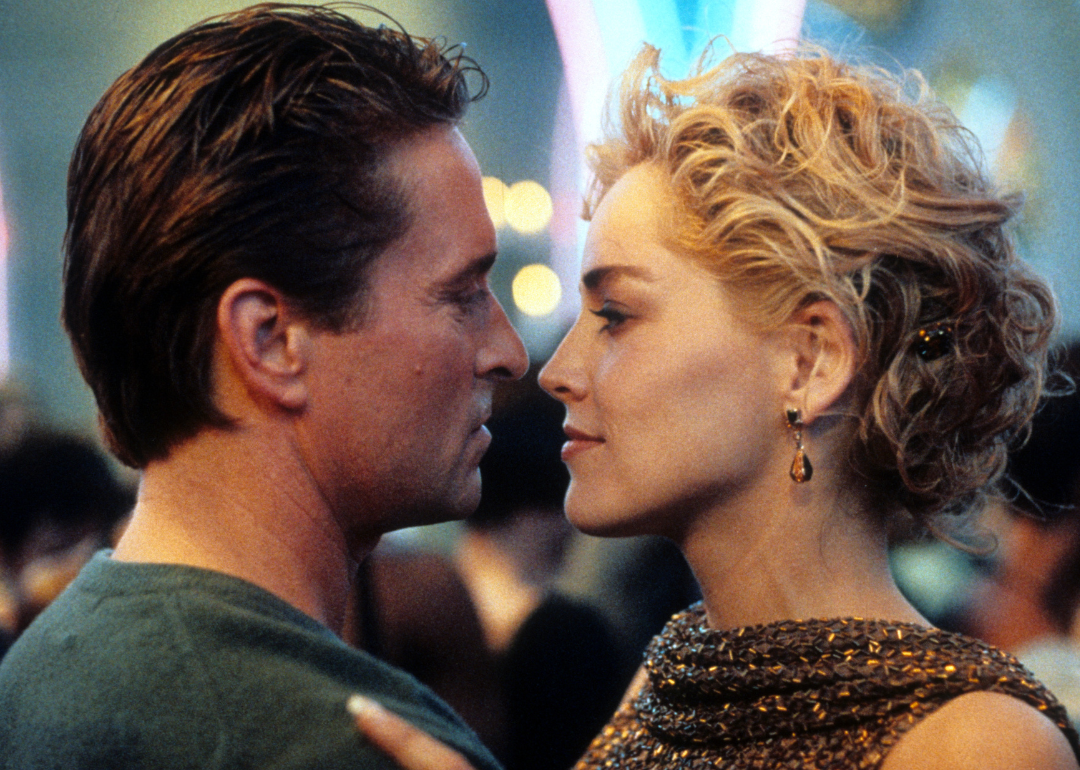
Basic Instinct (1992)
- Director: Paul Verhoeven
- IMDb user rating: 7.0
- Metascore: 43
- Runtime: 127 minutes
When "Basic Instinct" was released, the public expressed concerns about the film's violence, sexual content, and portrayal of the killer as a bisexual woman. However, one moment in the movie stands out above all others: the scene where Sharon Stone uncrosses her legs, flashing both the investigators who are questioning her—and the audience. Even more controversial, Stone was unaware that she was exposed during this scene or that such nudity would be included in the film.
Dead Alive (1992)
- Director: Peter Jackson
- IMDb user rating: 7.5
- Metascore: 54
- Runtime: 104 minutes
"Dead Alive," originally titled "Braindead," is a horror flick about a zombie outbreak in New Zealand directed by "Lord of the Rings" mastermind Peter Jackson. The film received mixed reviews for its strange blend of extreme gore and comedy. It fell short on both accounts, according to outlets like The New York Times, which claimed the movie "isn't especially scary or repulsive. Nor is it very funny."
Natural Born Killers (1994)
- Director: Oliver Stone
- IMDb user rating: 7.2
- Metascore: 74
- Runtime: 119 minutes
Director Oliver Stone lands on this list a second time with his provocative crime-drama, "Natural Born Killers." The movie, penned by Quentin Tarantino, follows a couple in love (Juliette Lewis and Woody Harrelson) who become famous as they cross America, killing without hesitation. Inspired by true crimes that generated mass media attention—think Jeffrey Dahmer and the Menendez brothers—the film's shocking violence and commentary on the media were considered sharp by some and repulsive by others.
Crash (1996)
- Director: David Cronenberg
- IMDb user rating: 6.4
- Metascore: 53
- Runtime: 100 minutes
"Crash" steers the subject matter of automobiles in an unexpected direction, centering on a group of people who sexually fetishize car accidents. A 1996 review by Variety calls the film's focus "so peculiar, remote and, to the great majority of people, off-putting." Many critics and viewers also felt that this film adaptation of J.G. Ballard's novel relied too heavily on sex and not enough on character development.
Requiem for a Dream (2000)
- Director: Darren Aronofsky
- IMDb user rating: 8.3
- Metascore: 71
- Runtime: 102 minutes
"Requiem for a Dream," a film based on the 1978 book by Hubert Selby Jr., follows four individuals living in Brooklyn struggling with addiction. The movie is viscerally painful to watch due to the graphic portrayal of this subject matter and was ultimately released without a rating. It was also criticized for being overly stylized and experimental, but director Darren Aronofsy supported his actors' work, stating, "The greatest thing I've ever done in my life is capturing Ellen Burstyn's performance on film."
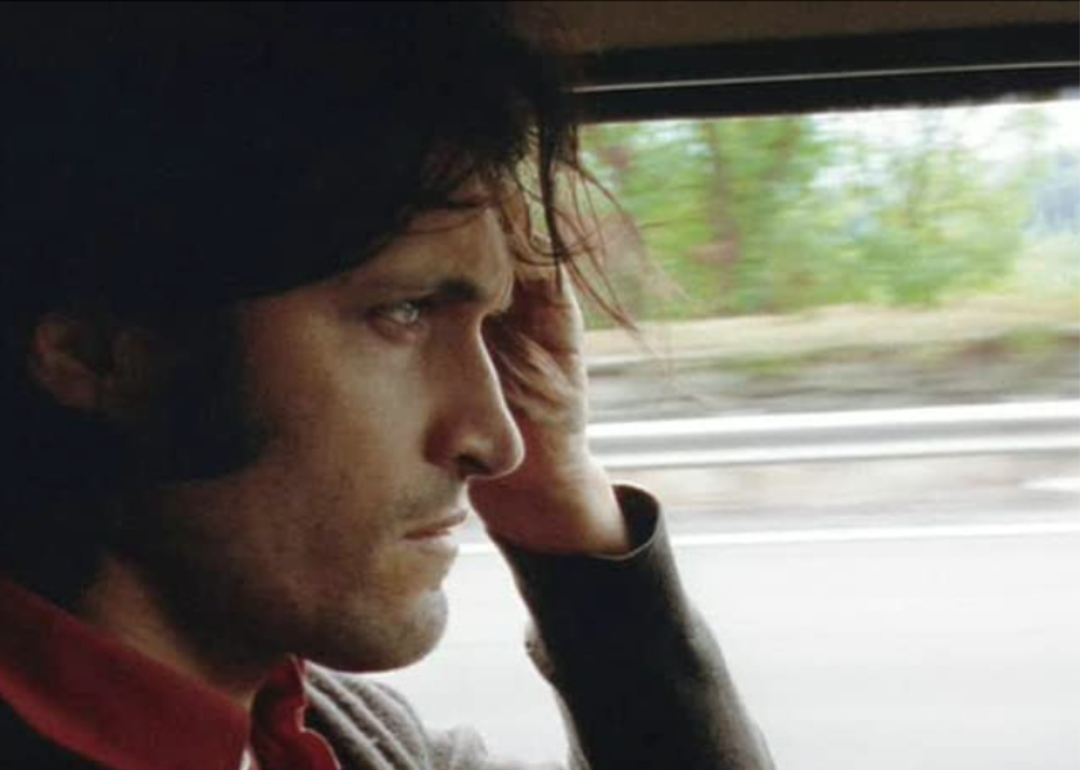
The Brown Bunny (2003)
- Director: Vincent Gallo
- IMDb user rating: 4.9
- Metascore: 51
- Runtime: 93 minutes
"The Brown Bunny"—part drama about a motorcycle racer attempting to reclaim his career, part love story—created quite a stir when it premiered at the Cannes Film Festival in 2003. Audiences were shocked by a scene where actor Chloë Sevigny doesn't just simulate, but actually performs, oral sex on actor-director Vincent Gallo, whom she was also dating at the time.
Fahrenheit 9/11 (2004)
- Director: Michael Moore
- IMDb user rating: 7.5
- Metascore: 67
- Runtime: 122 minutes
"Fahrenheit 9/11" examines the aftermath of the Sept. 11, 2001 terrorist attacks on the U.S., alleging that President George W. Bush and his administration mismanaged the government's response. Director Michael Moore called his documentary "an op/ed piece," but Bush supporters expressed concerns about the film's inaccuracies and propagandalike approach. This pushback didn't keep the film from achieving critical acclaim, though; it took home the Palme d'Or at the 2004 Cannes Film Festival.
The Passion of the Christ (2004)
- Director: Mel Gibson
- IMDb user rating: 7.2
- Metascore: 47
- Runtime: 127 minutes
Like many religious movies before it, "The Passion of the Christ" drew mixed opinions among viewers and critics. The Christian community largely supported the film's brutally realistic depiction of Jesus' final hours; however, many critics expressed concerns with the blood-soaked crucifixion scenes. Reports of distraught viewers sobbing and fainting surfaced, and director Mel Gibson later edited the film down to remove five of the most difficult-to-watch minutes.
Hostel (2005)
- Director: Eli Roth
- IMDb user rating: 5.9
- Metascore: 55
- Runtime: 94 minutes
In "Hostel," a small group of friends backpacking across Europe are kidnapped by a faction known for torturing and murdering tourists. The film generated disgust over the level of carnage and gore, as well as concerns with the portrayal of Slovakia, the movie's setting, as an uncivilized and violent country. Even horror legend John Carpenter, the director behind "Halloween," felt the film extreme, calling it "too cruel."
Antichrist (2009)
- Director: Lars von Trier
- IMDb user rating: 6.5
- Metascore: 49
- Runtime: 108 minutes
A couple (Willem Dafoe and Charlotte Gainsbourg) attempt to recover from the accidental death of their son in Danish director Lars von Trier's "Antichrist." Although the finished product is visually striking, many critics felt the bizarre and often disturbing images weren't enough to carry the film. As a 2009 review by The Hollywood Reporter states: "Unfortunately at some point a story has to be told… This is where the film falls apart."
Blue Is the Warmest Colour (2013)
- Director: Abdellatif Kechiche
- IMDb user rating: 7.7
- Metascore: 90
- Runtime: 180 minutes
Adapted from a comic book, "Blue is the Warmest Colour" is a French film about two young women who grow in life and love. A lengthy sex scene between the pair drew much attention—and a NC-17 rating—when the film debuted at the Cannes Film Festival; however, it was the filming conditions that were the real controversy. Actor Léa Seydoux reported the scene took 10 days to film, requiring up to 100 takes for just one shot to be completed.
The Interview (2014)
- Directors: Evan Goldberg, Seth Rogen
- IMDb user rating: 6.5
- Metascore: 52
- Runtime: 112 minutes
"The Interview," an example of how much can go wrong in the making of a comedy film, stars Seth Rogen and James Franco as men hired to assassinate leader Kim Jong-un while in North Korea to interview him. The fallout from the film was vast: The head of Sony Pictures was fired, Sony email was infiltrated by North Korean hackers, and threats were made against the U.S. Ultimately, the movie was pulled before its theatrical release and went straight to Netflix instead.
Nina (2016)
- Director: Cynthia Mort
- IMDb user rating: 5.4
- Metascore: 27
- Runtime: 90 minutes
The 2016 biopic about jazz icon Nina Simone, simply titled "Nina," was heavily criticized for casting Zoë Saldana in the title role. Of Dominican and Puerto Rican descent, Saldana's complexion and features required her to wear dark makeup and a prosthetic nose to mimic Simone's appearance. Years later, the actor herself admitted, "I should have tried everything in my power to cast a Black woman to play an exceptionally perfect Black woman."
Cuties (2020)
- Director: Maïmouna Doucouré
- IMDb user rating: 3.6
- Metascore: 67
- Runtime: 96 minutes
"Cuties," the debut film from French Senegalese director Maïmouna Doucouré, is the coming-of-age story of an 11-year-old girl who joins a school dance group known as "the cuties." Although the film won a directing award at Sundance Film Festival in 2020, a picture later put out by Netflix generated much concern over the sexualization of young girls in the film. Doucouré admitted she hoped her work "would have prompted a debate on the hypersexualization of preadolescents" but maintains her artistic intentions had been misinterpreted.

